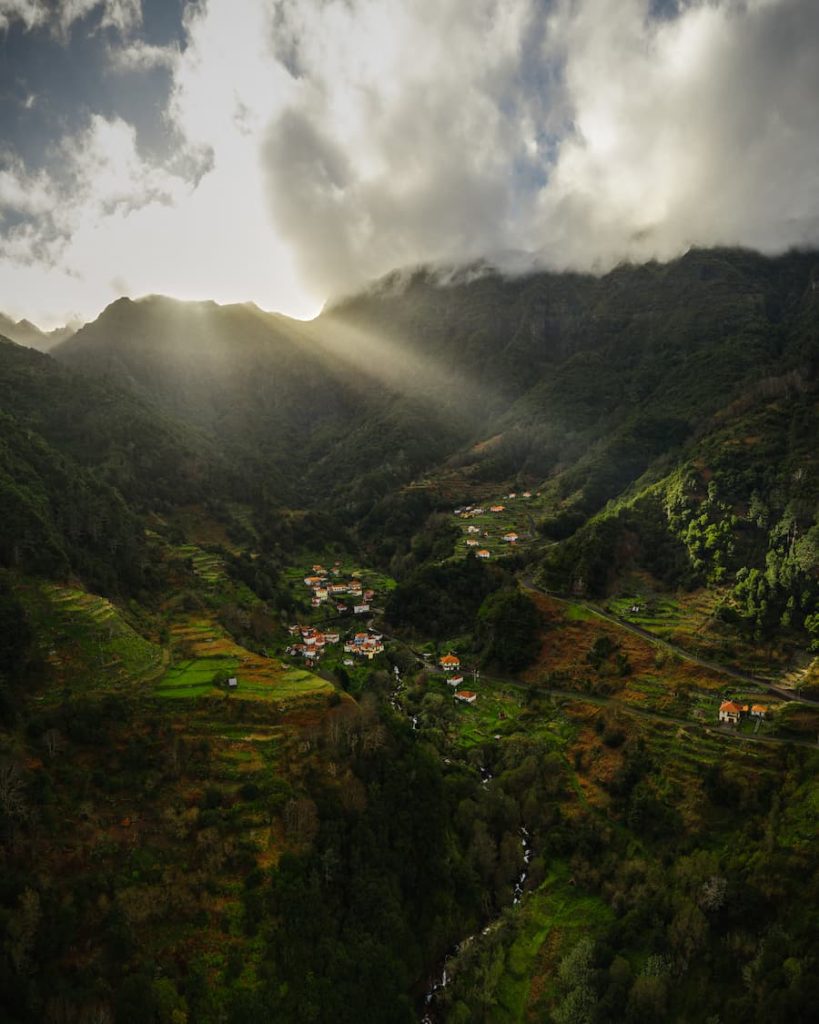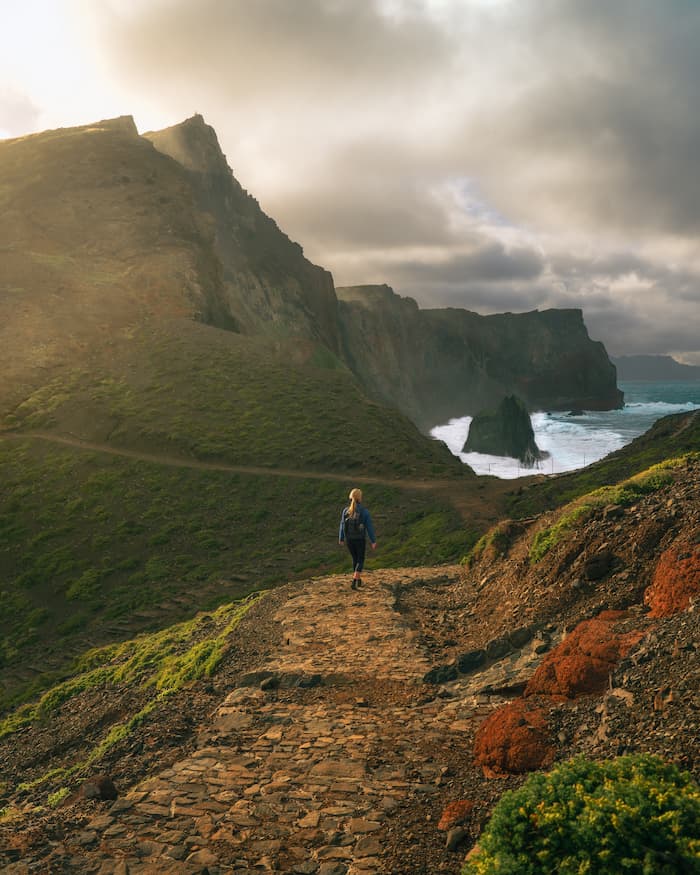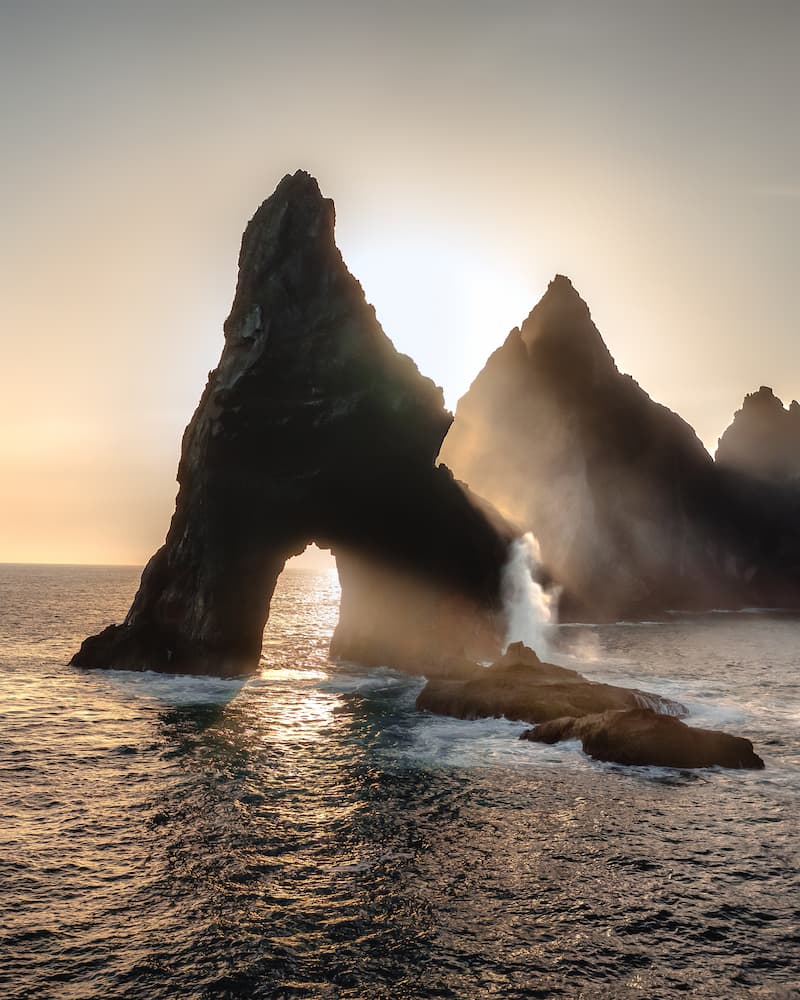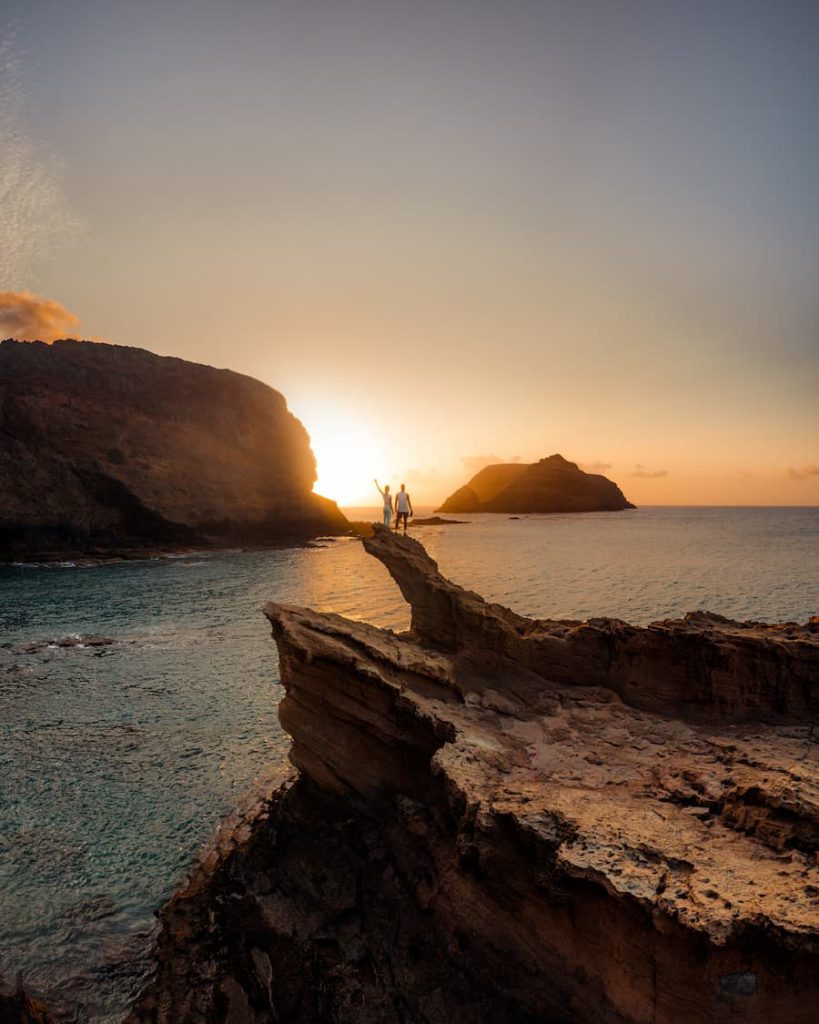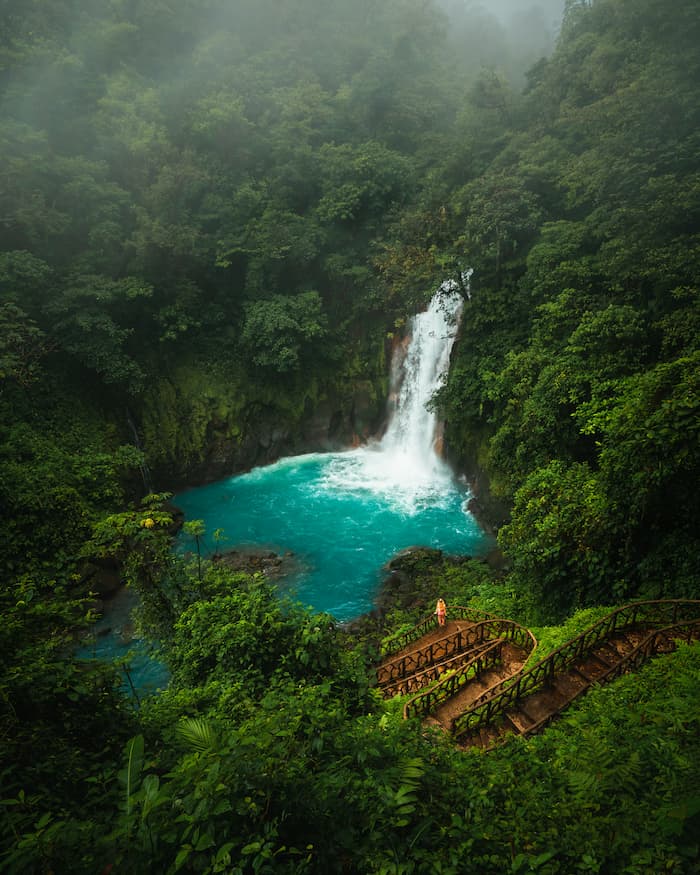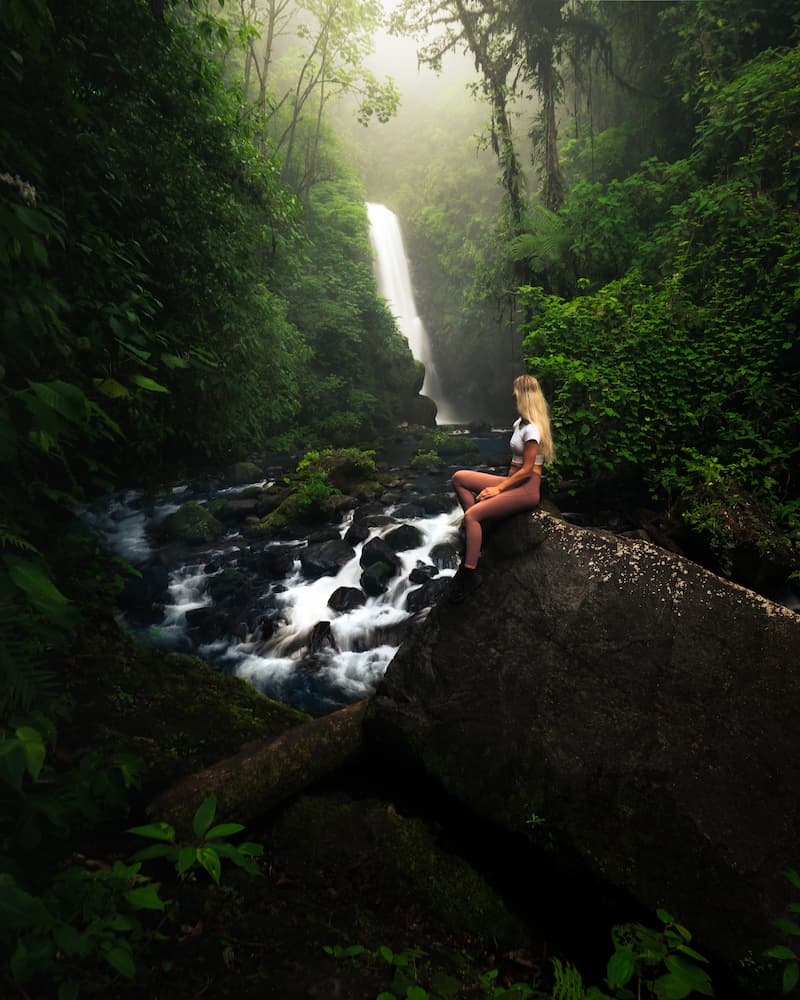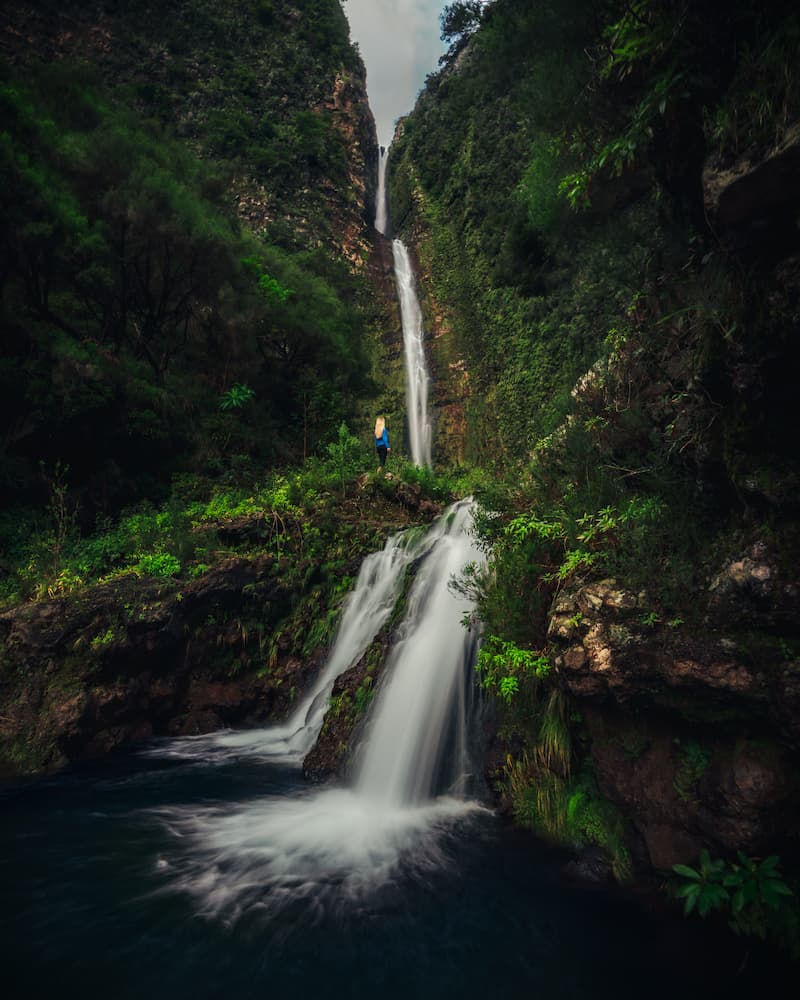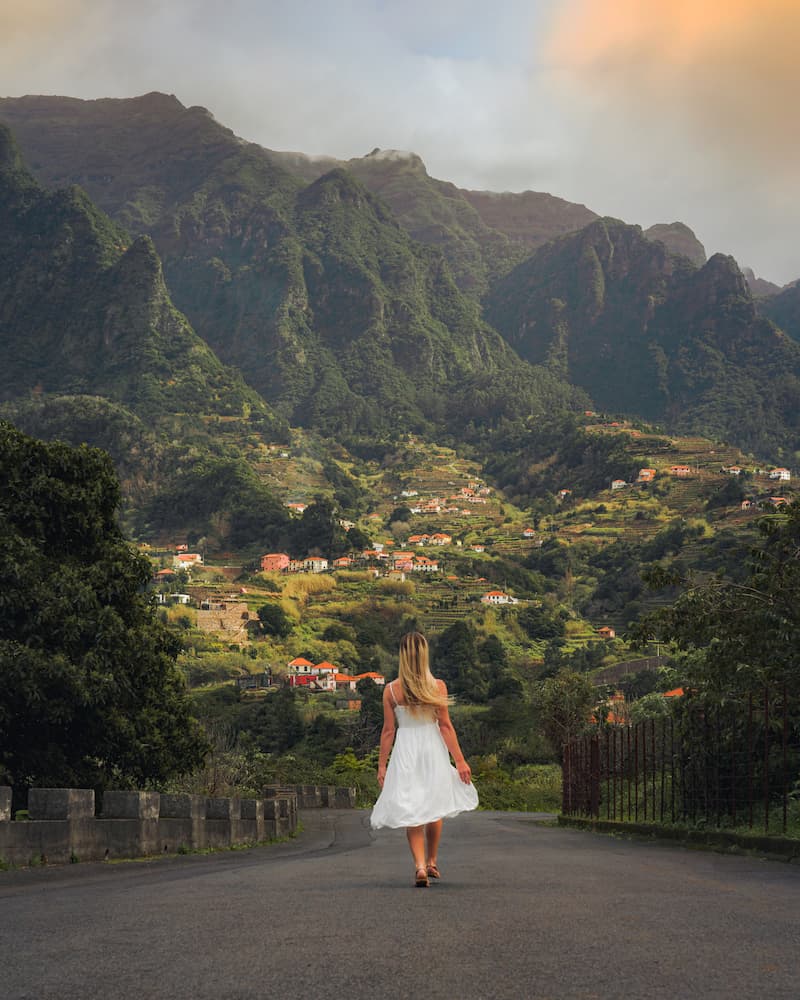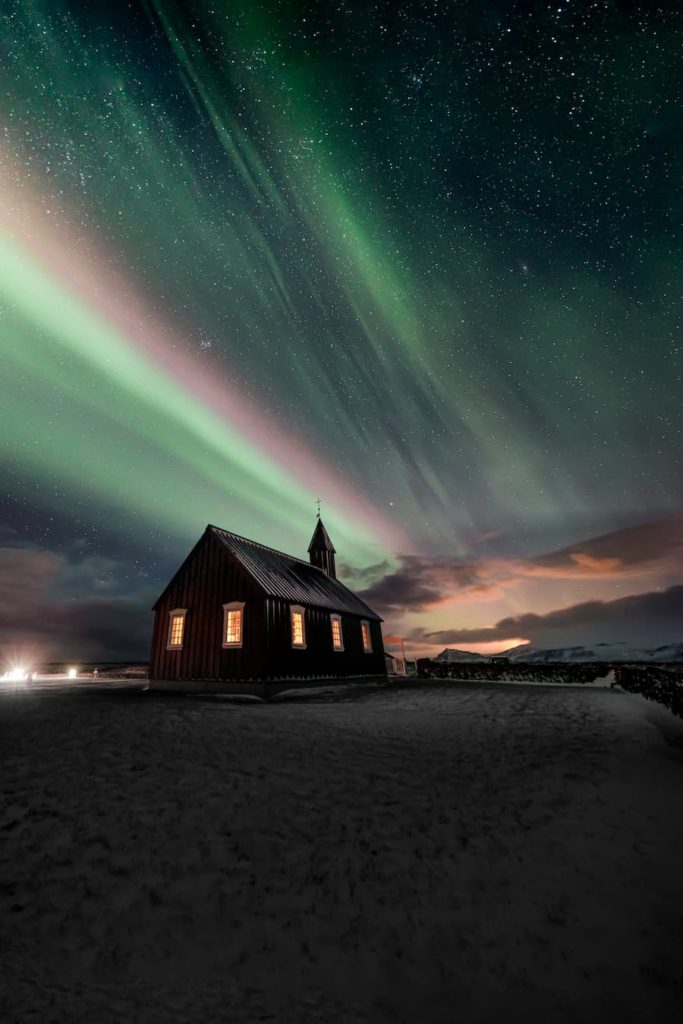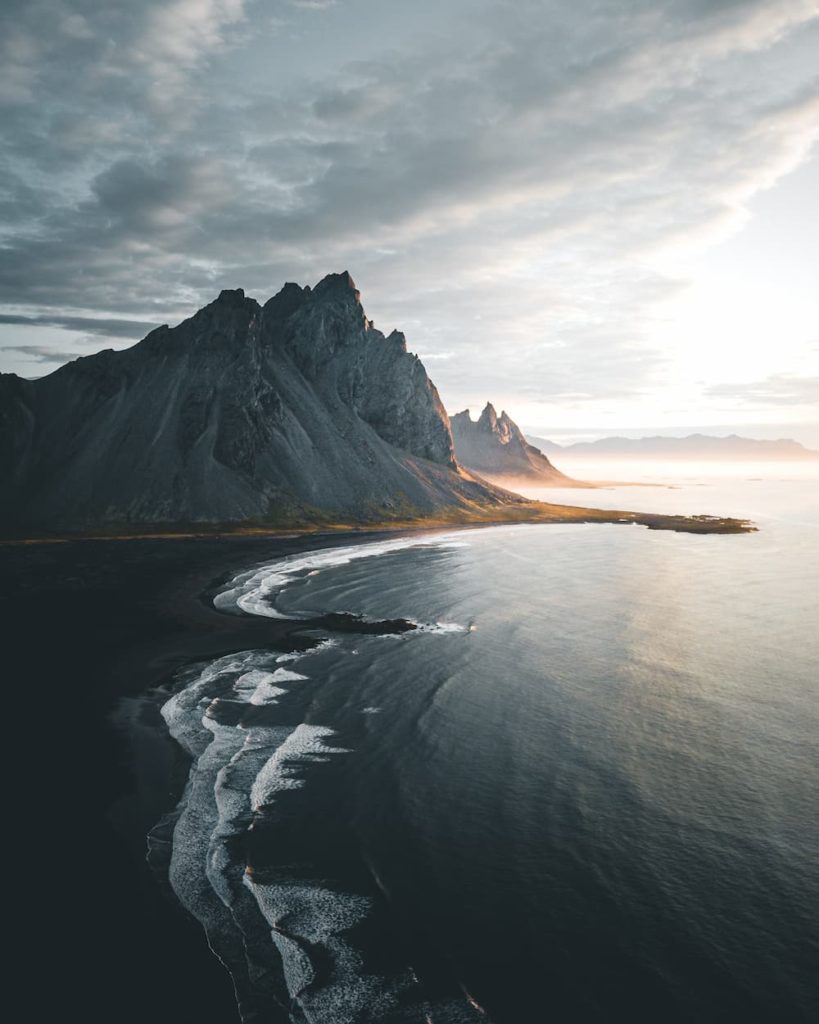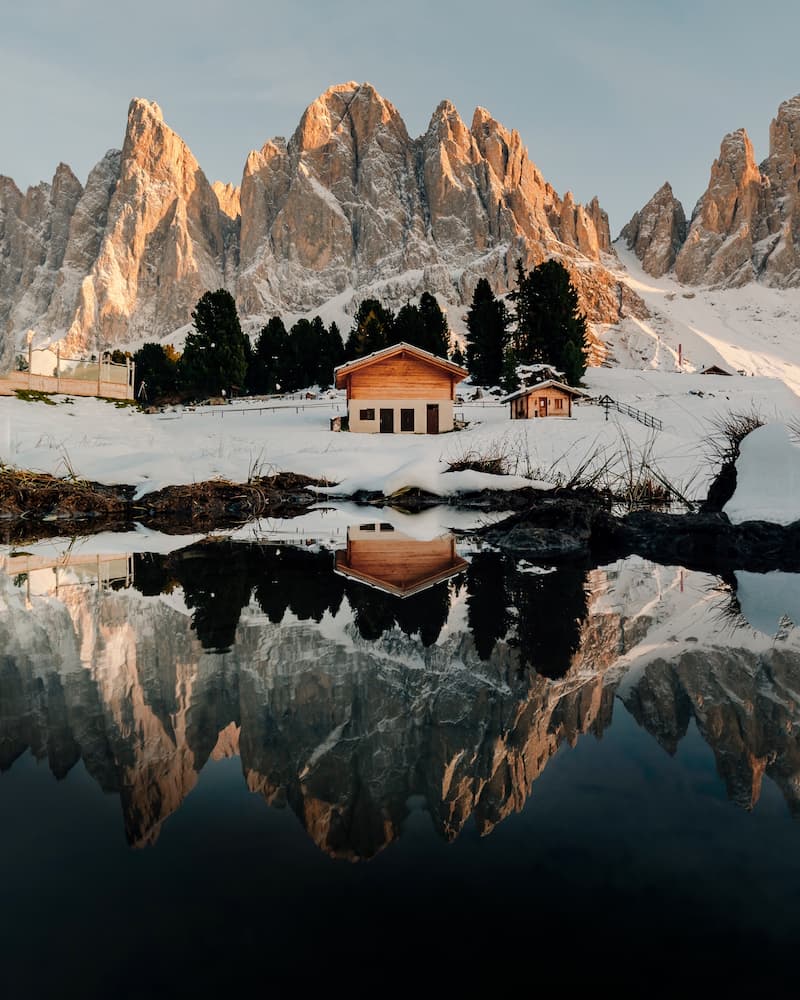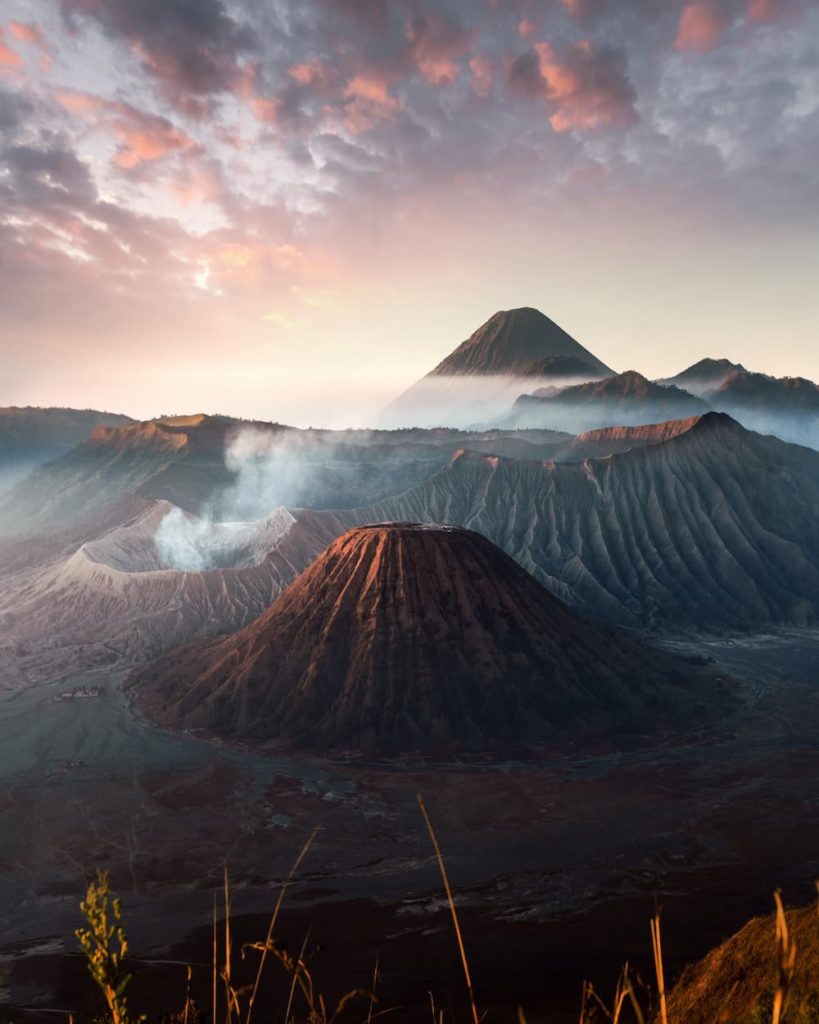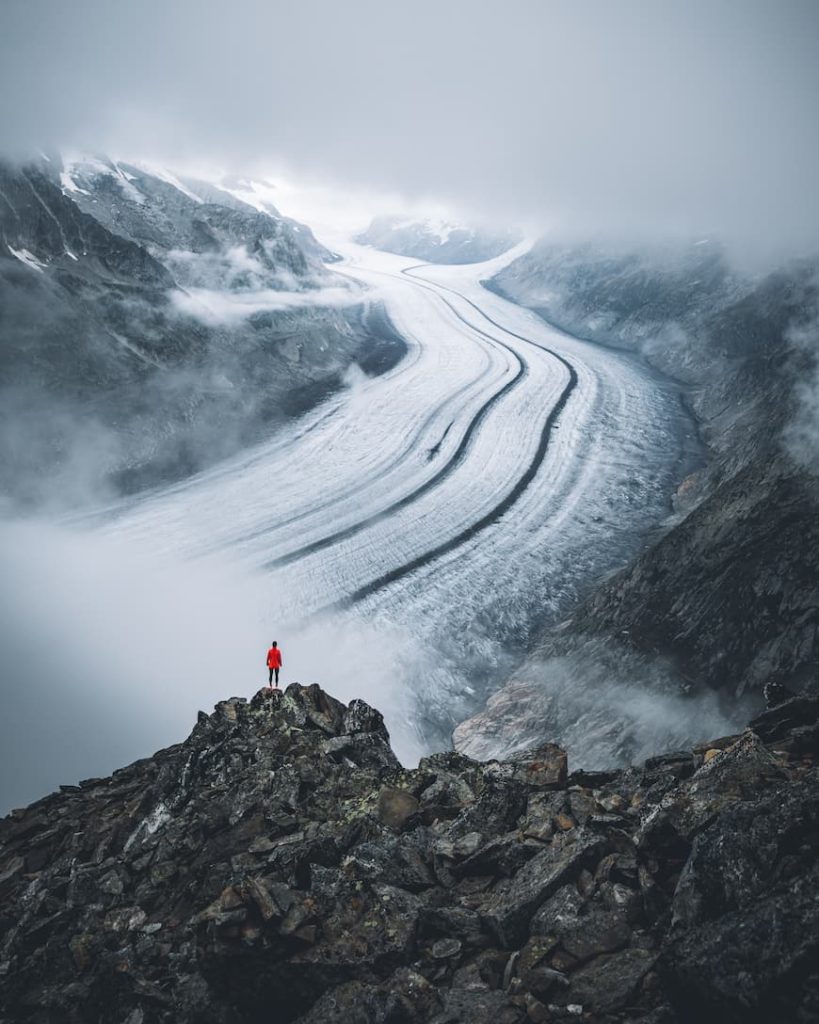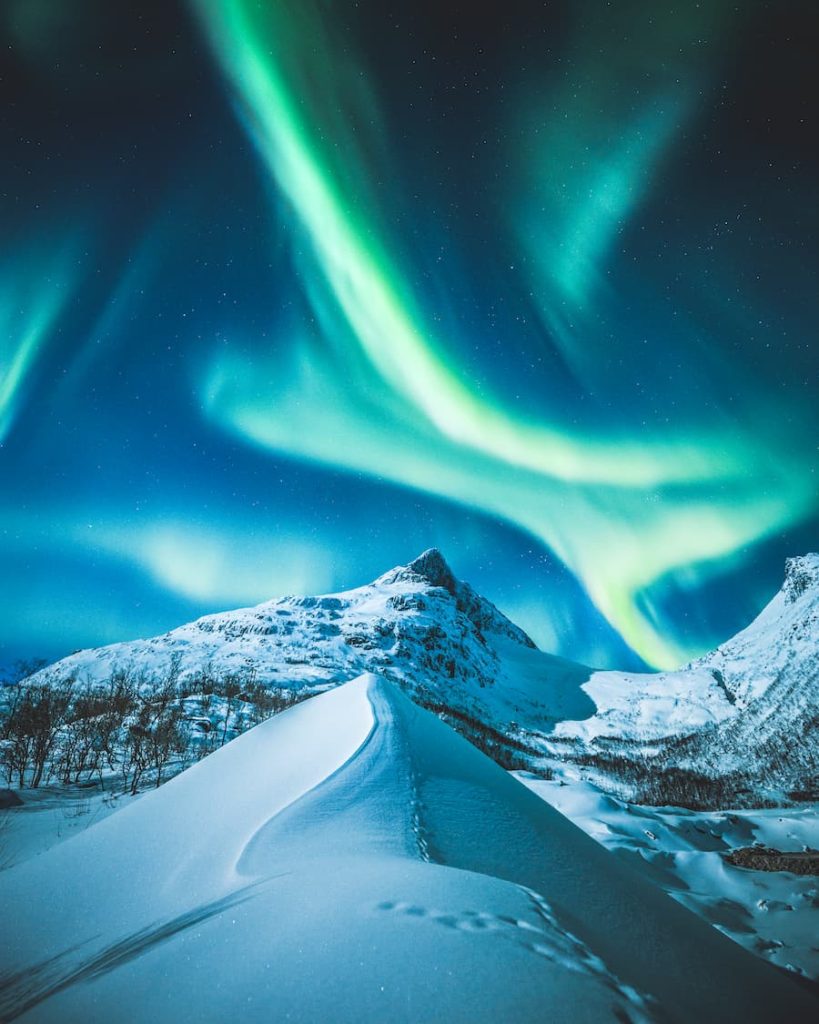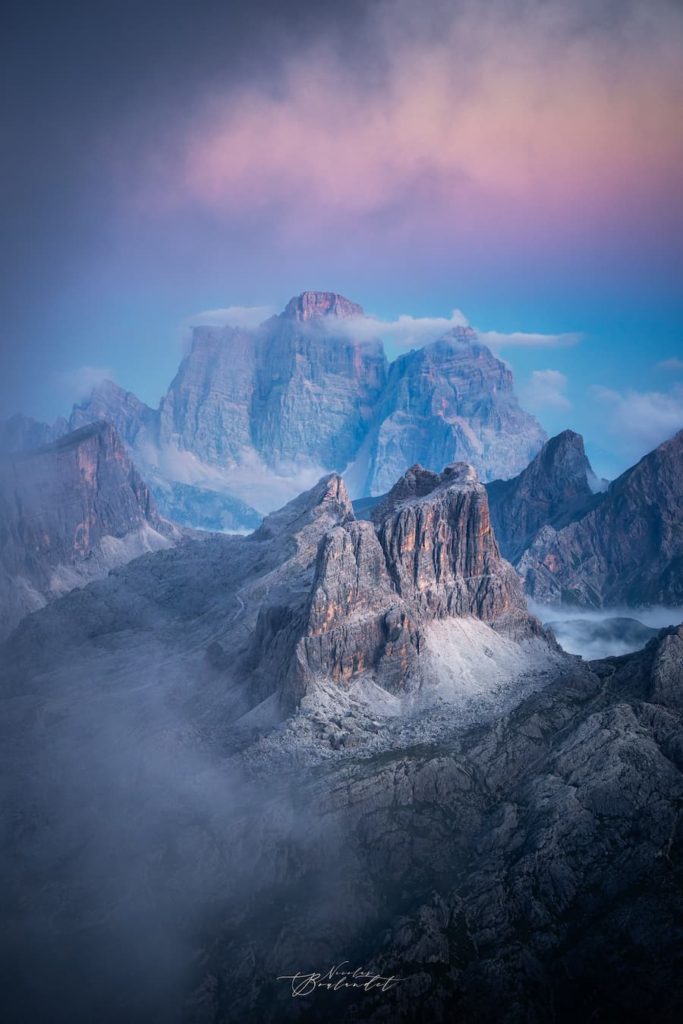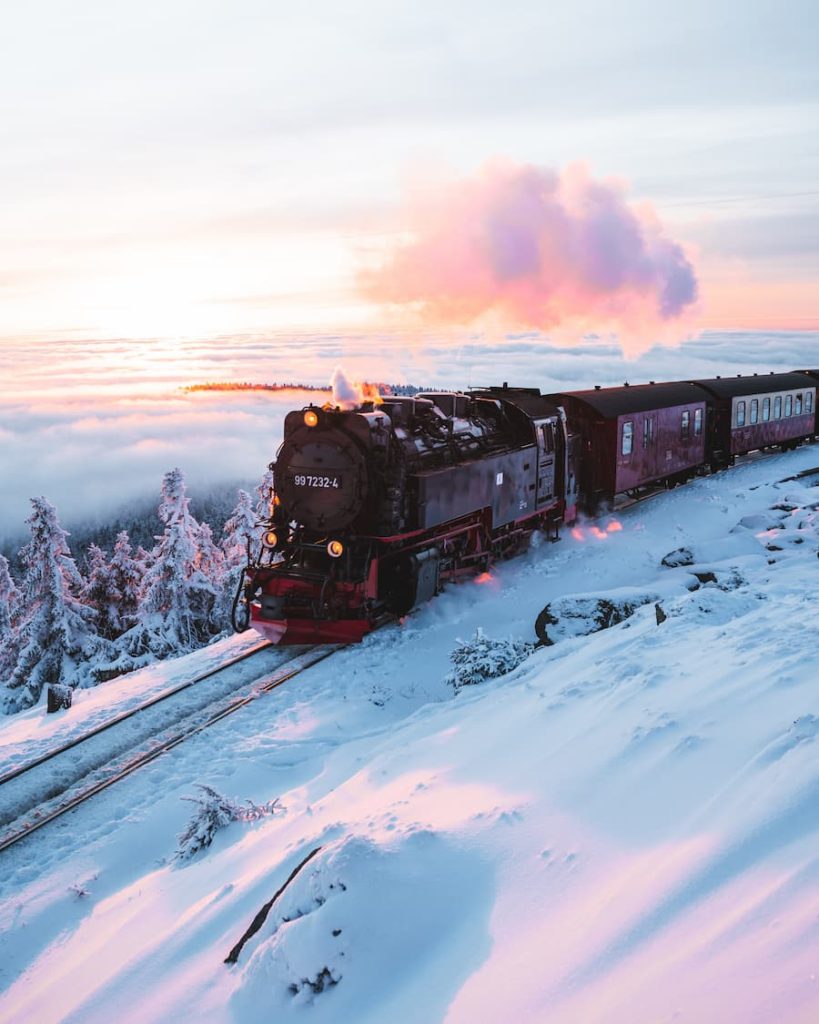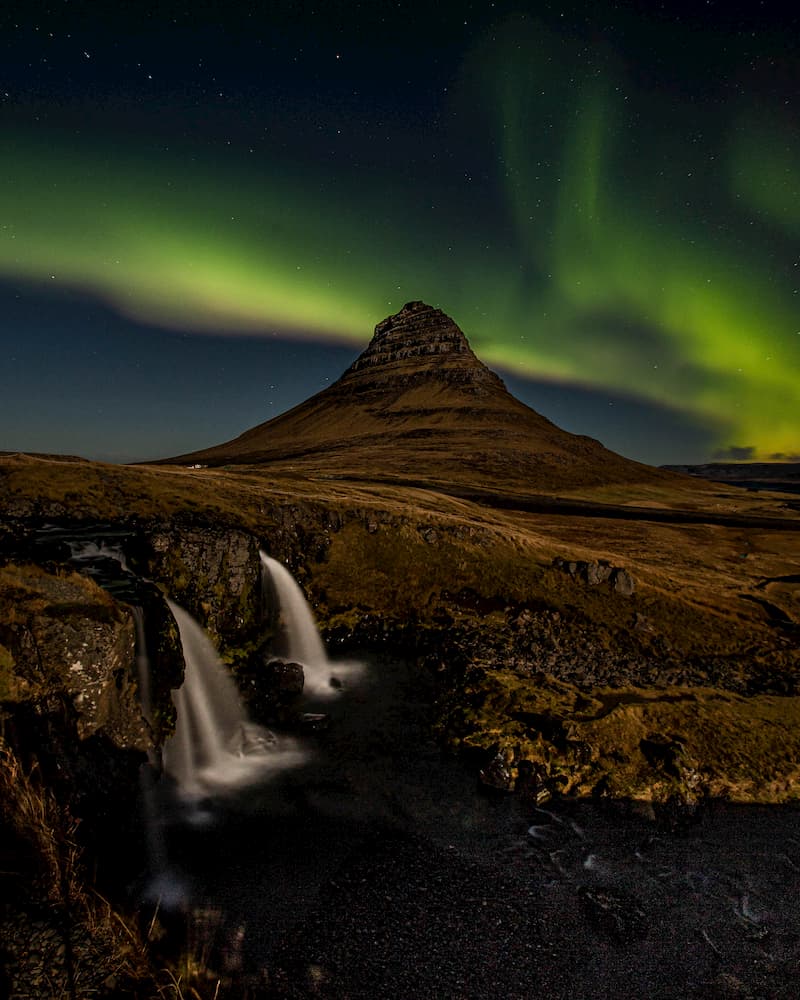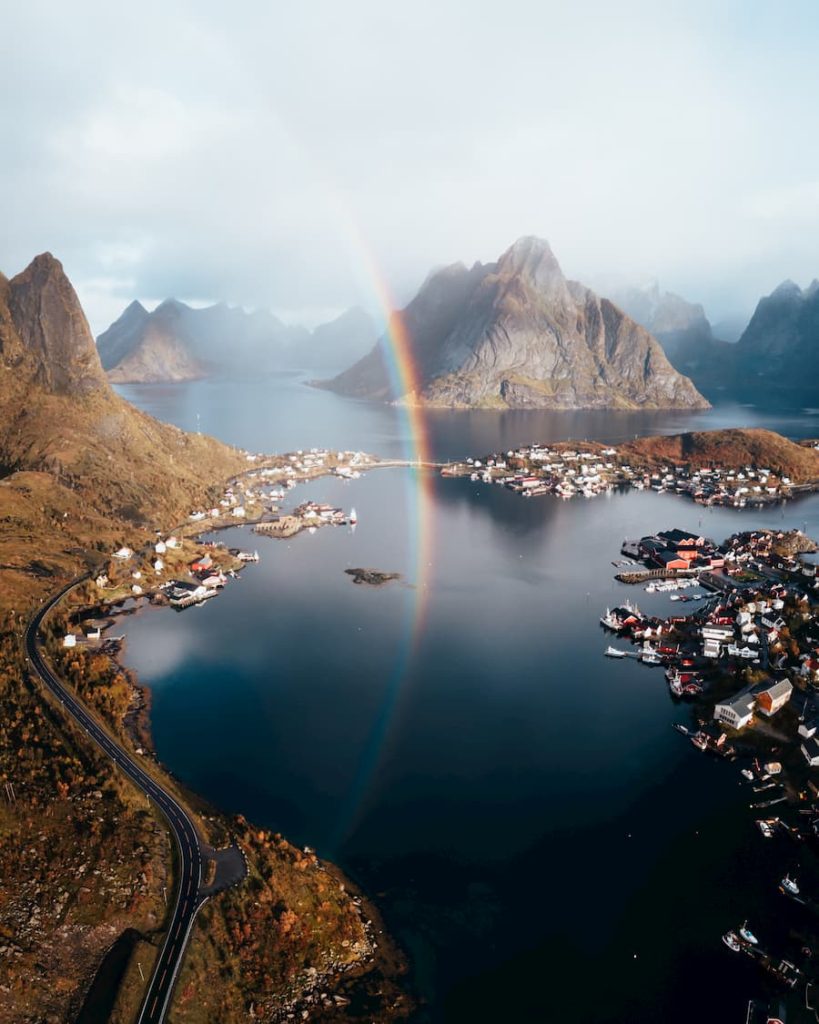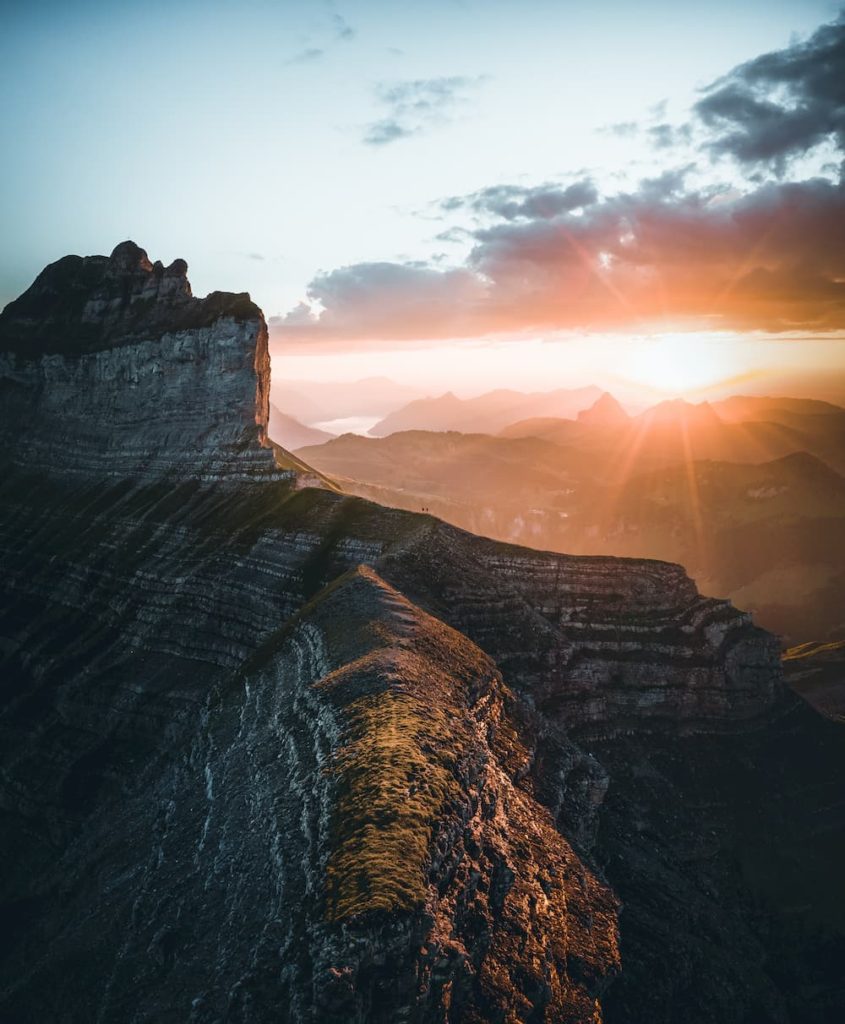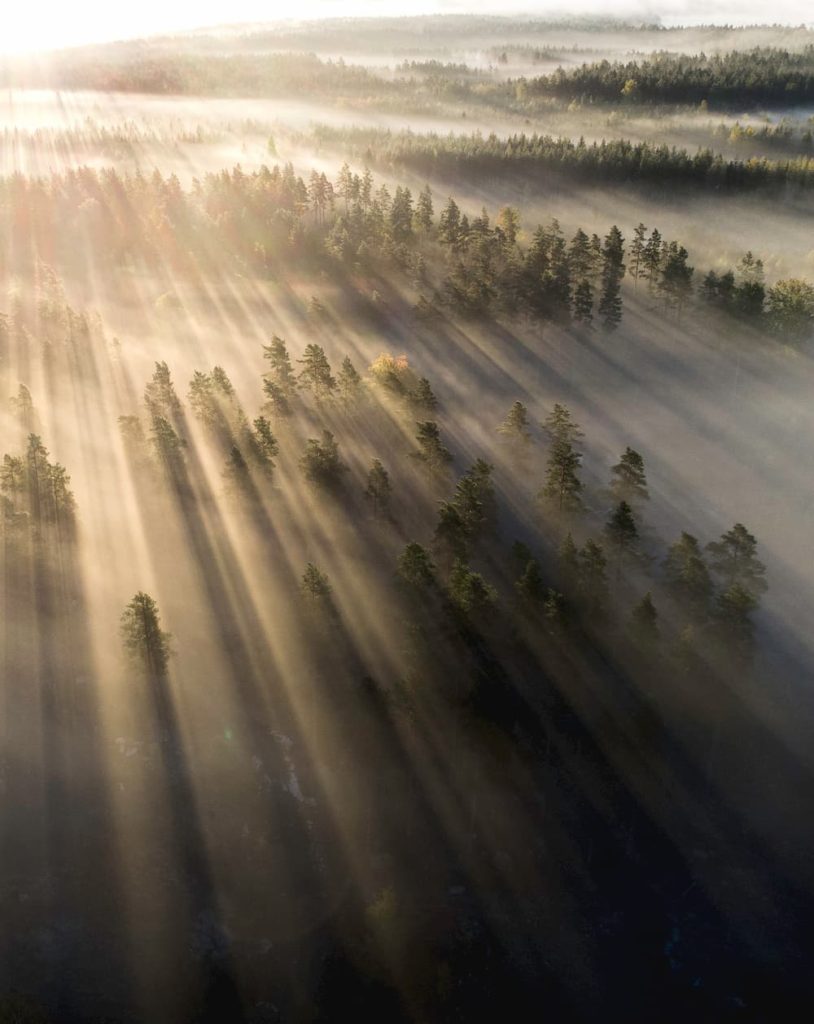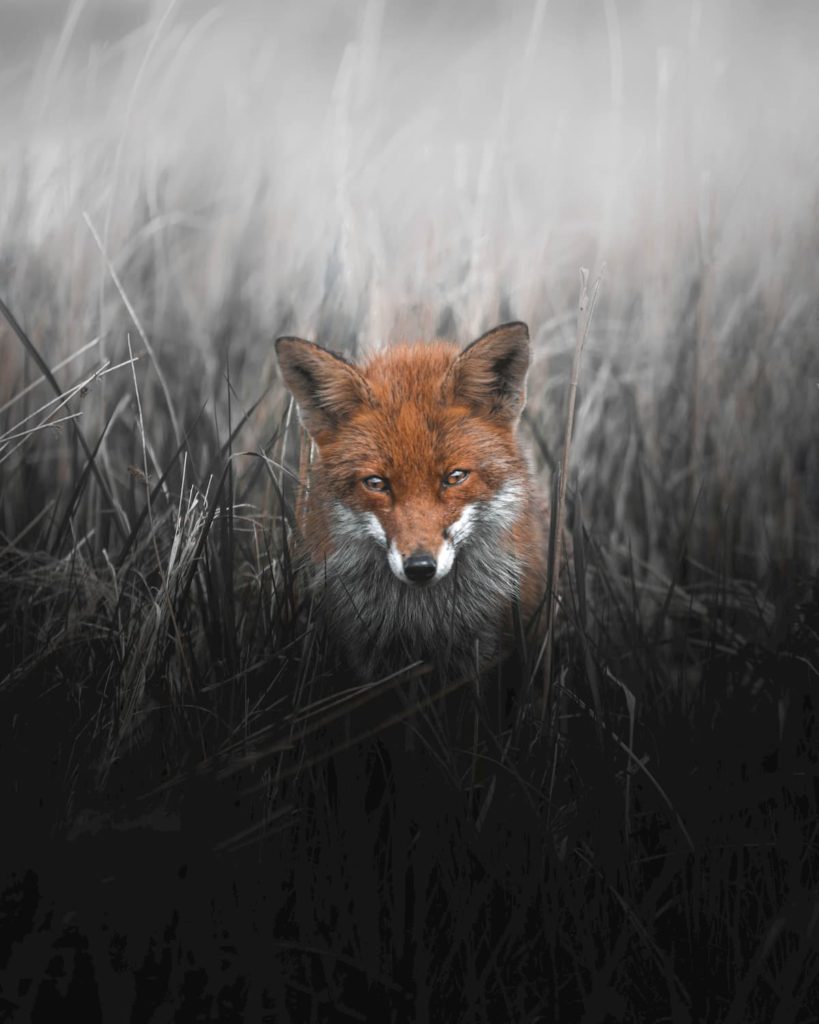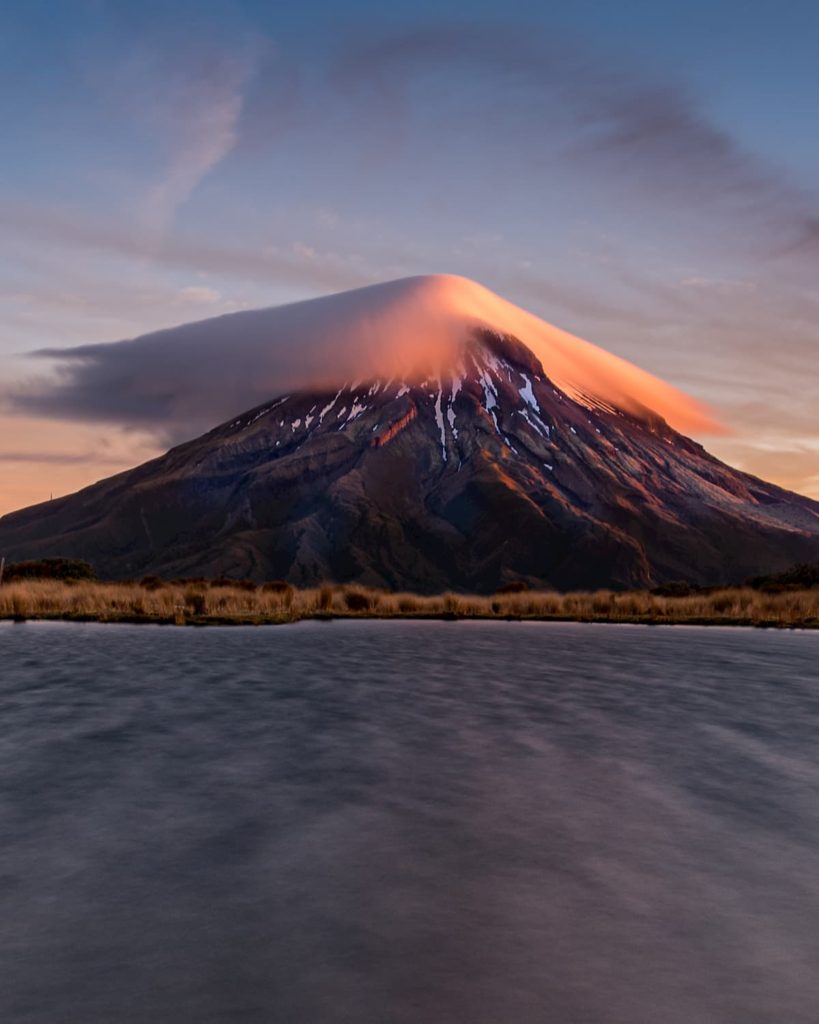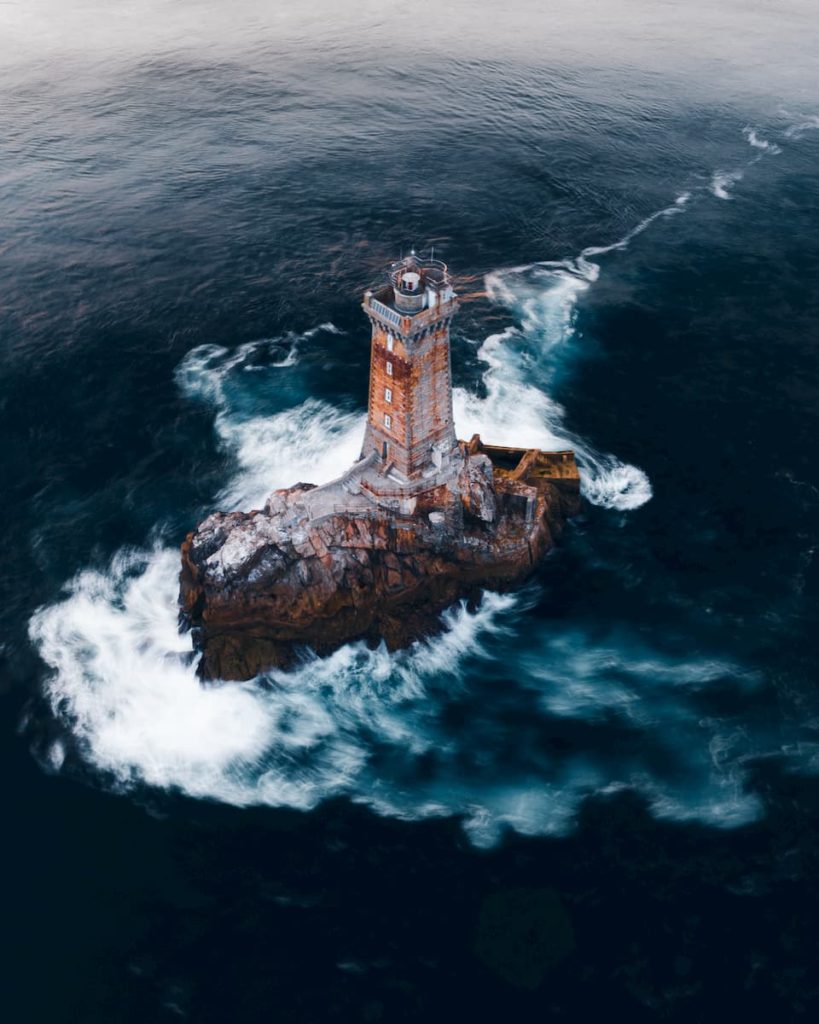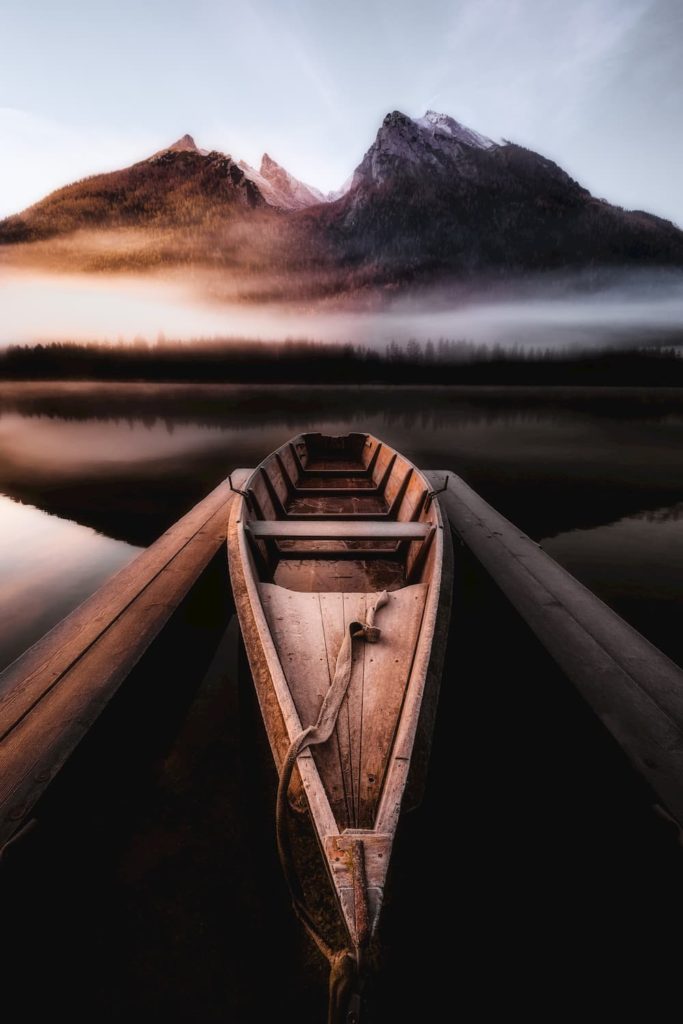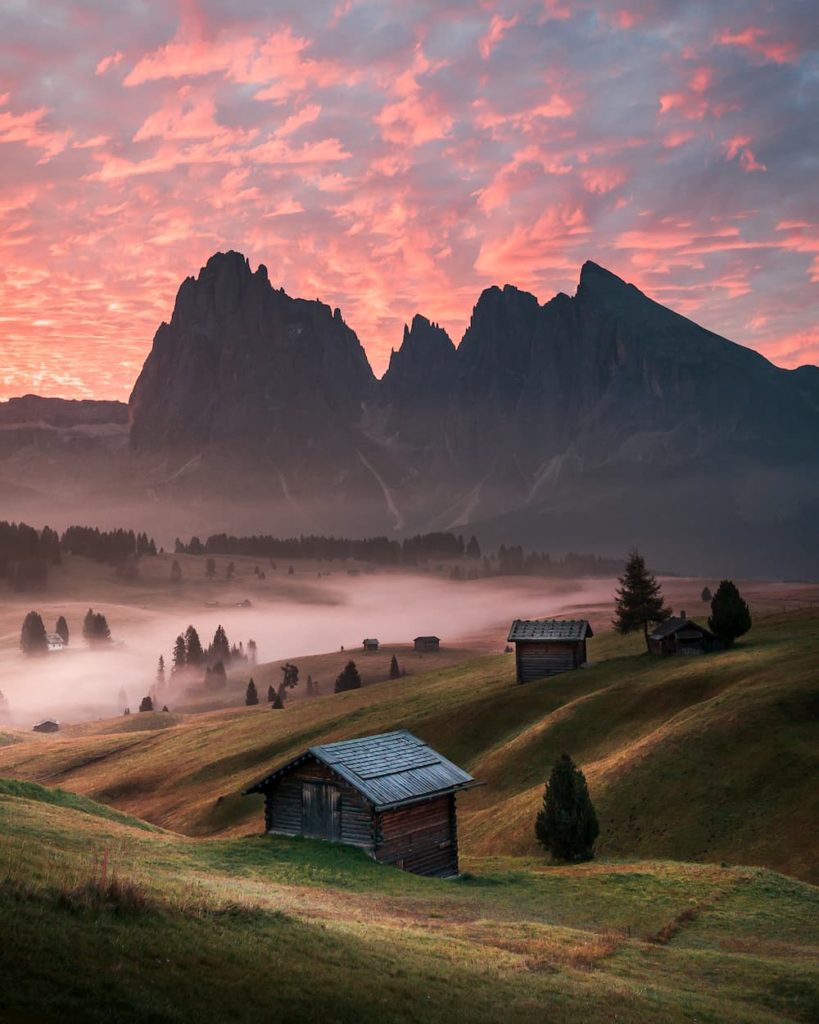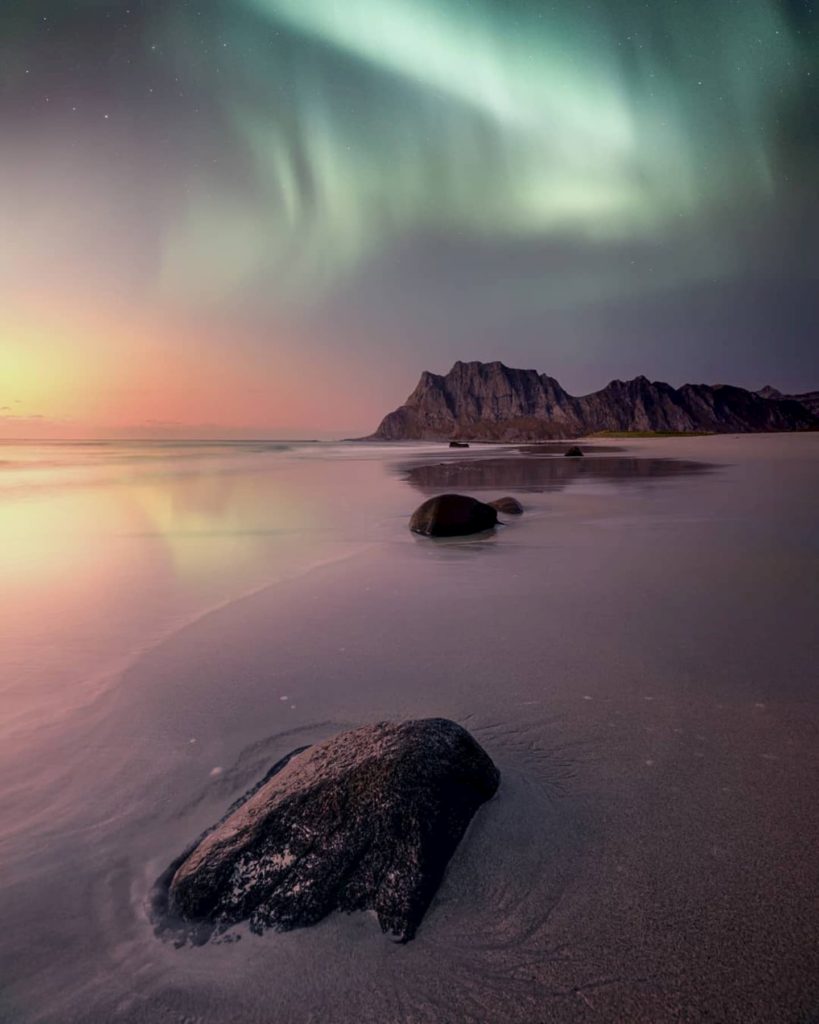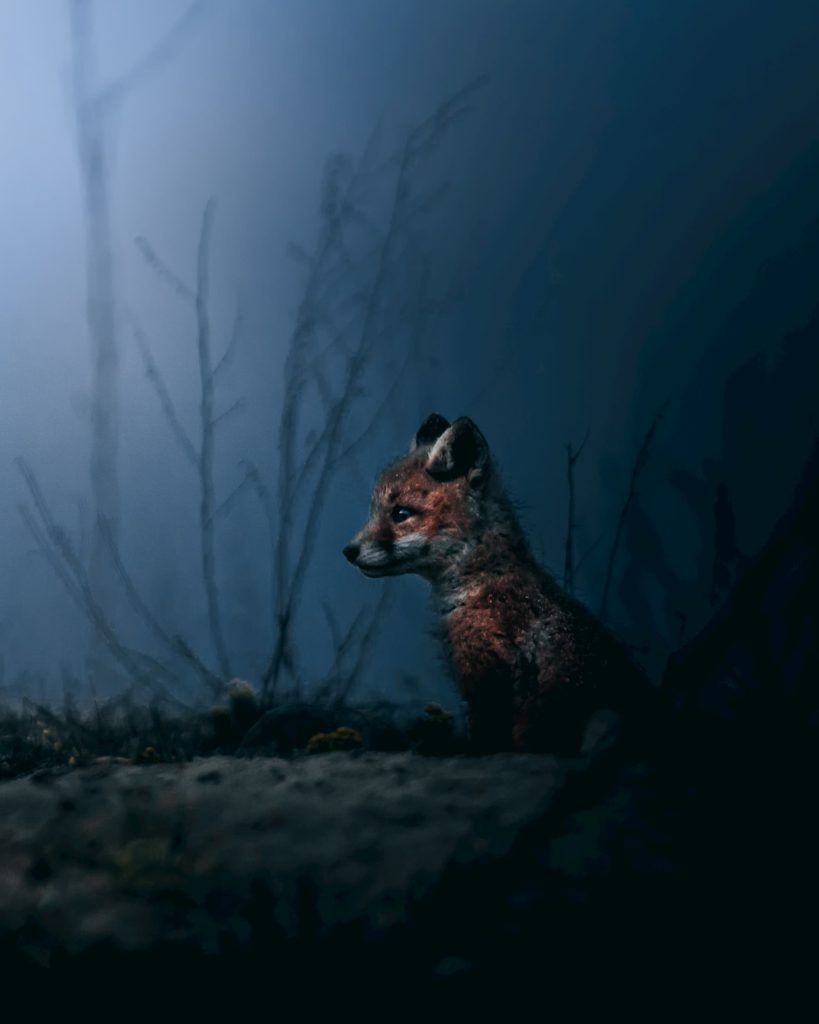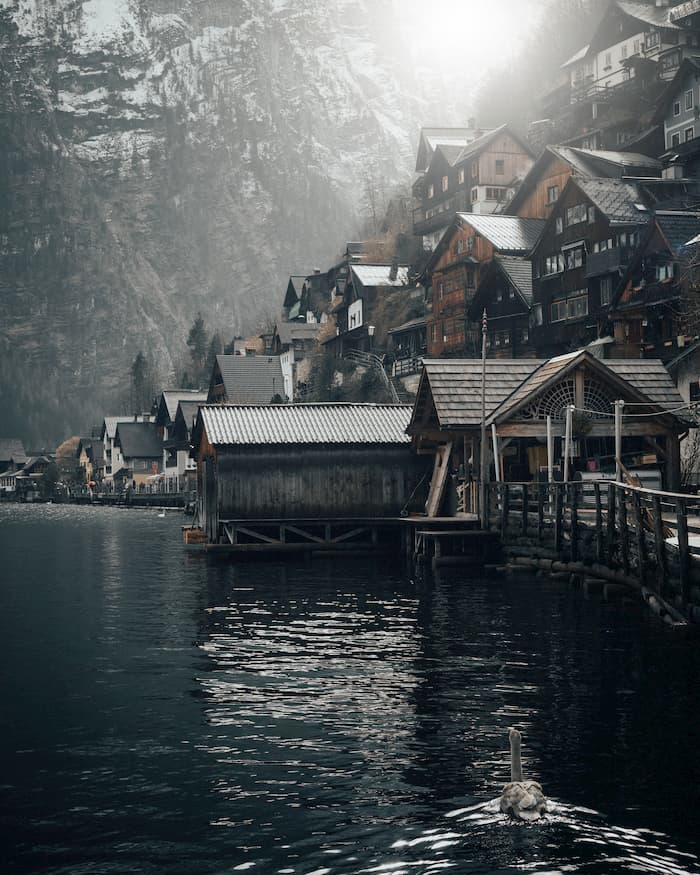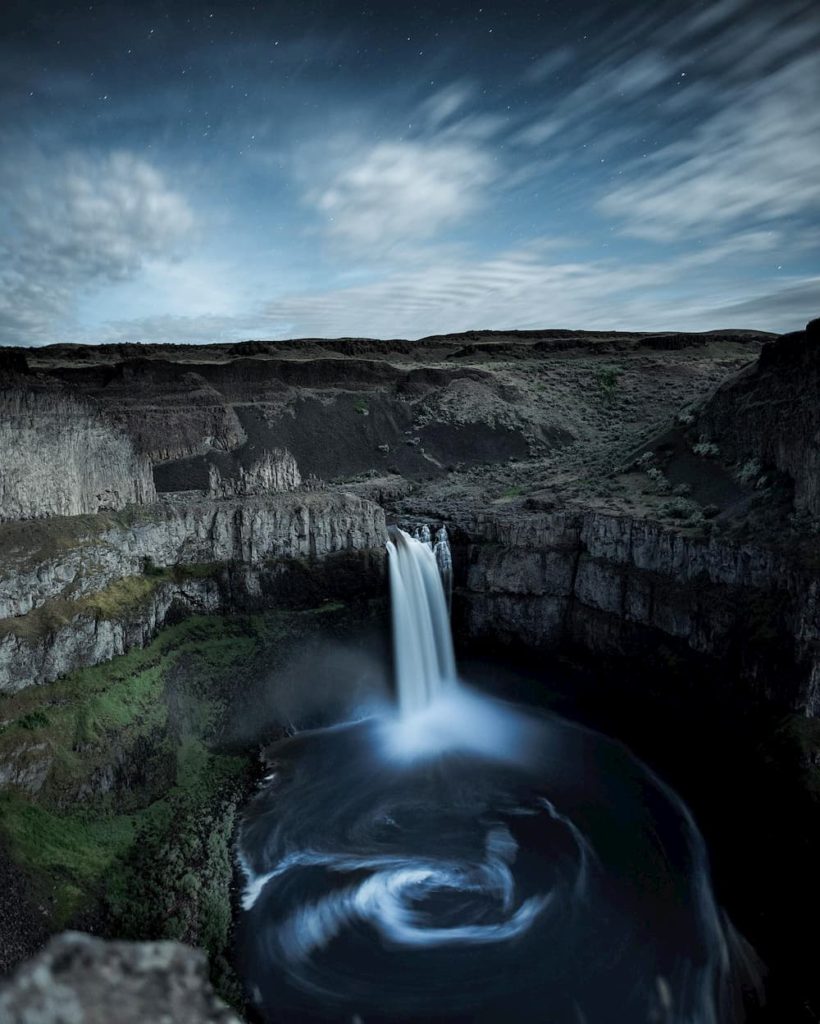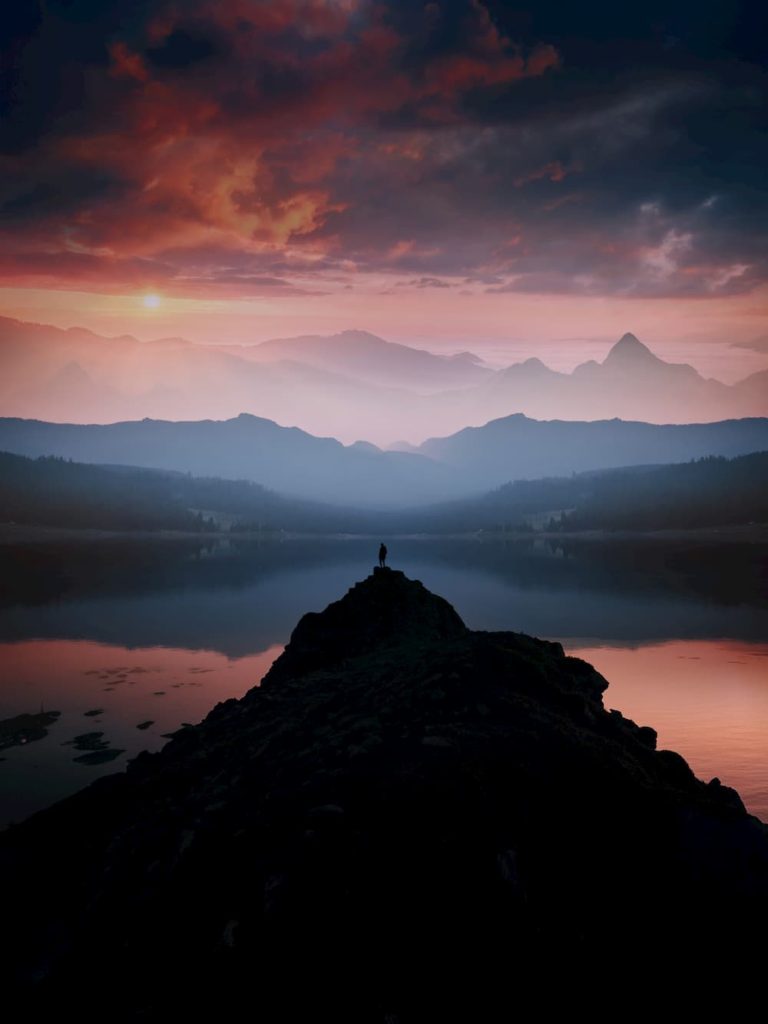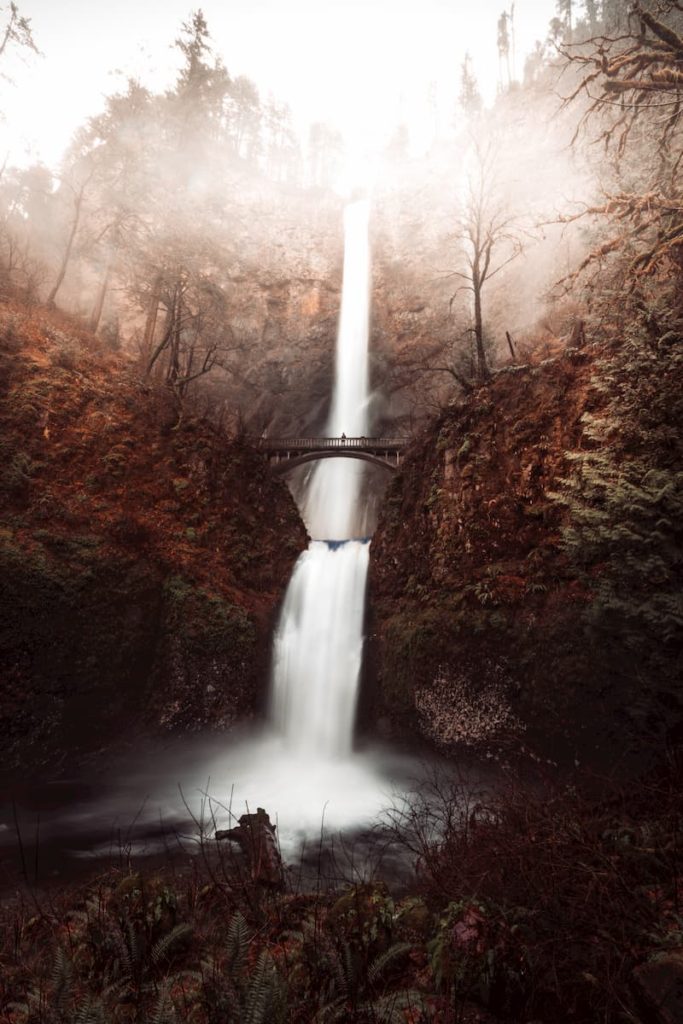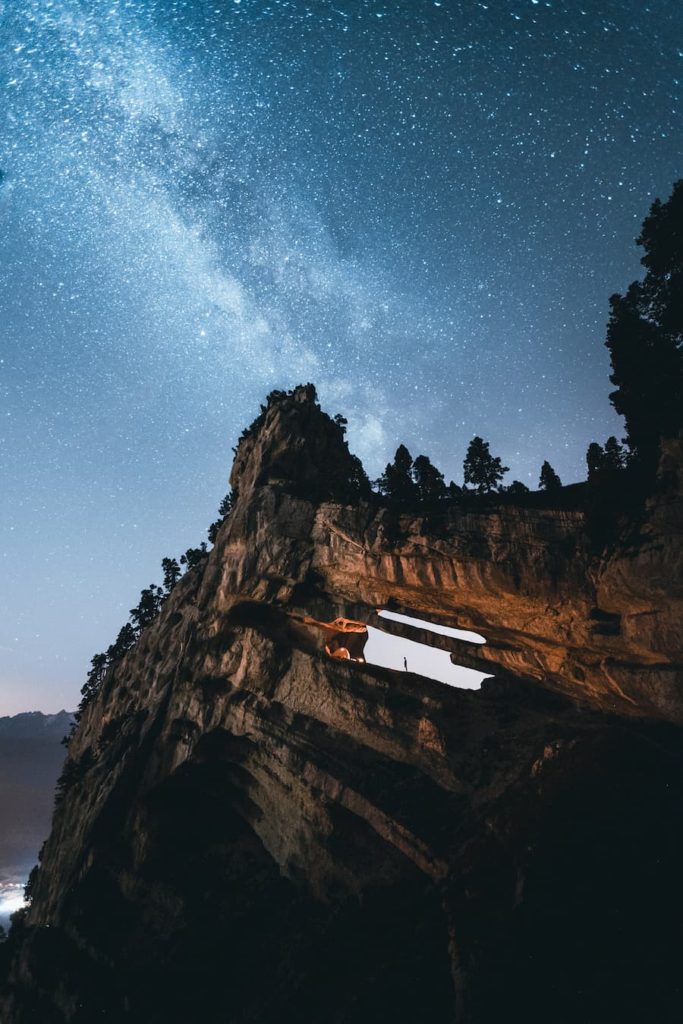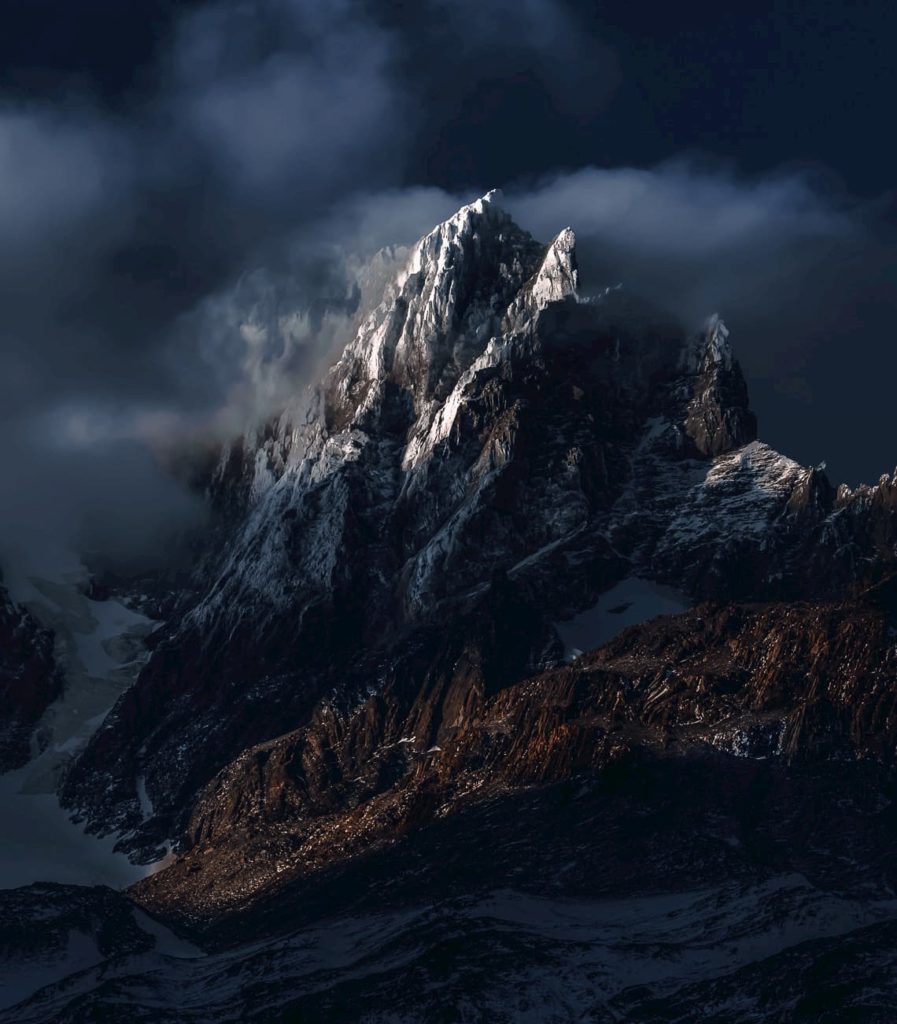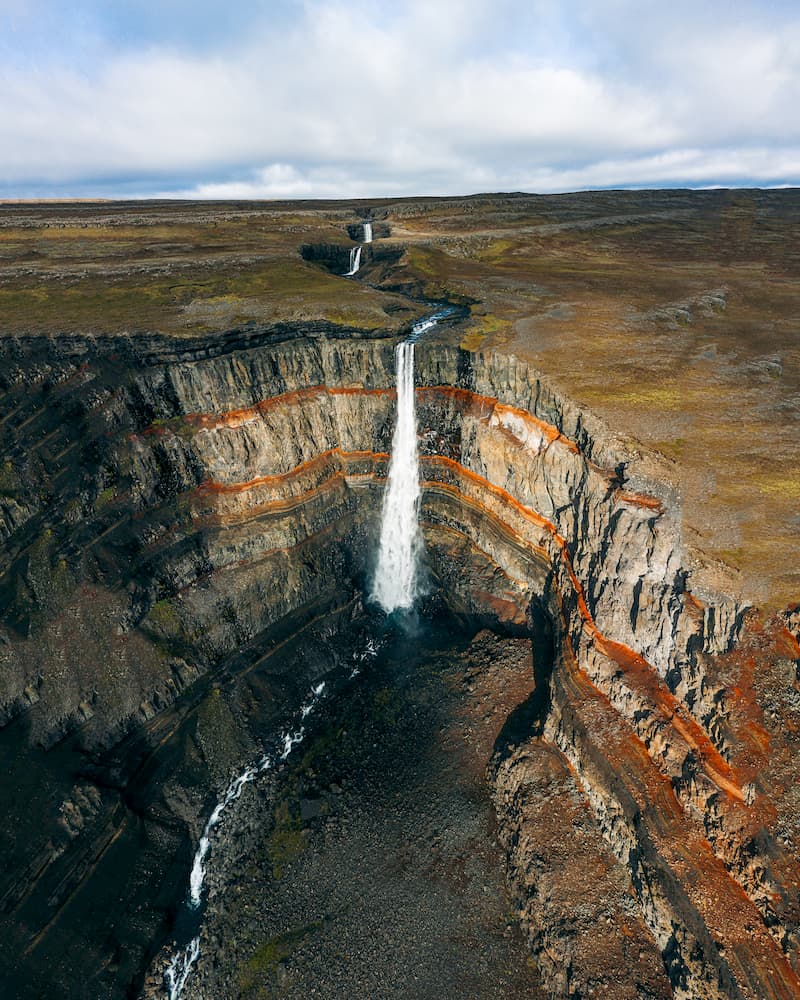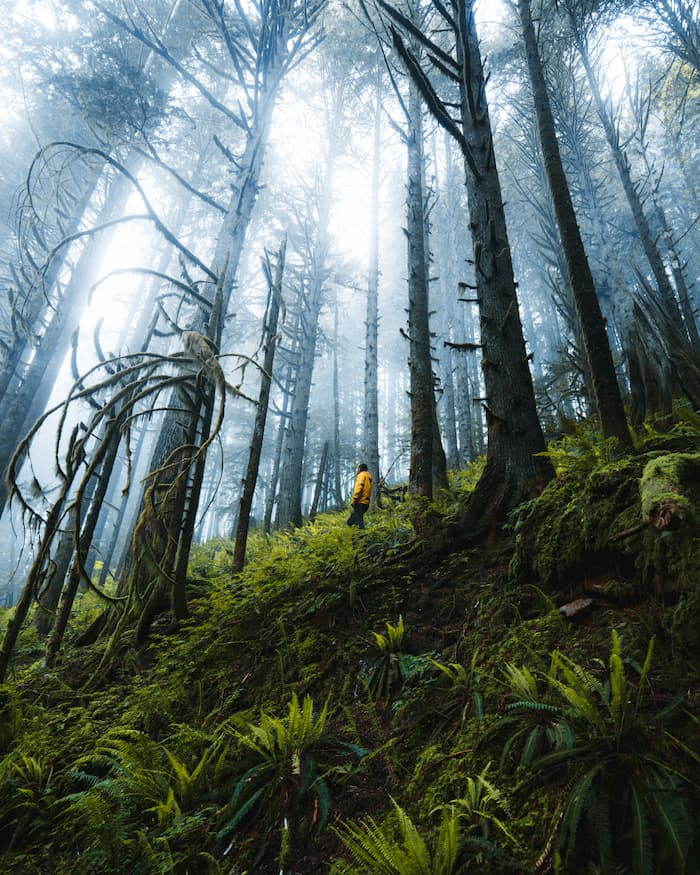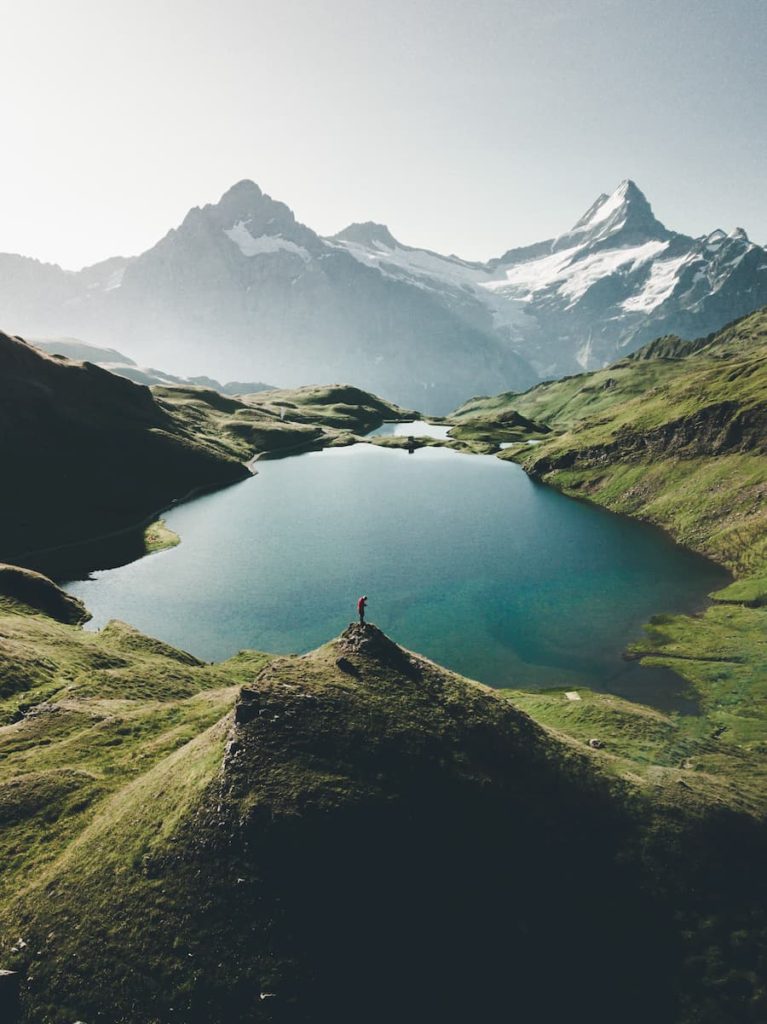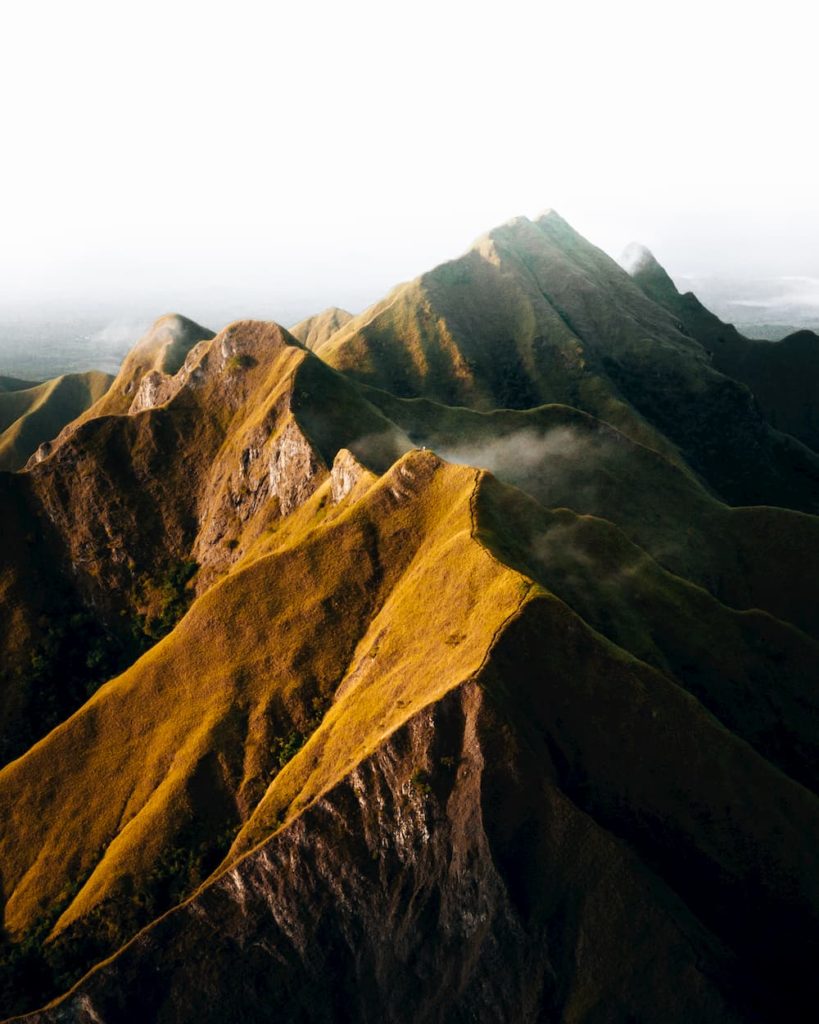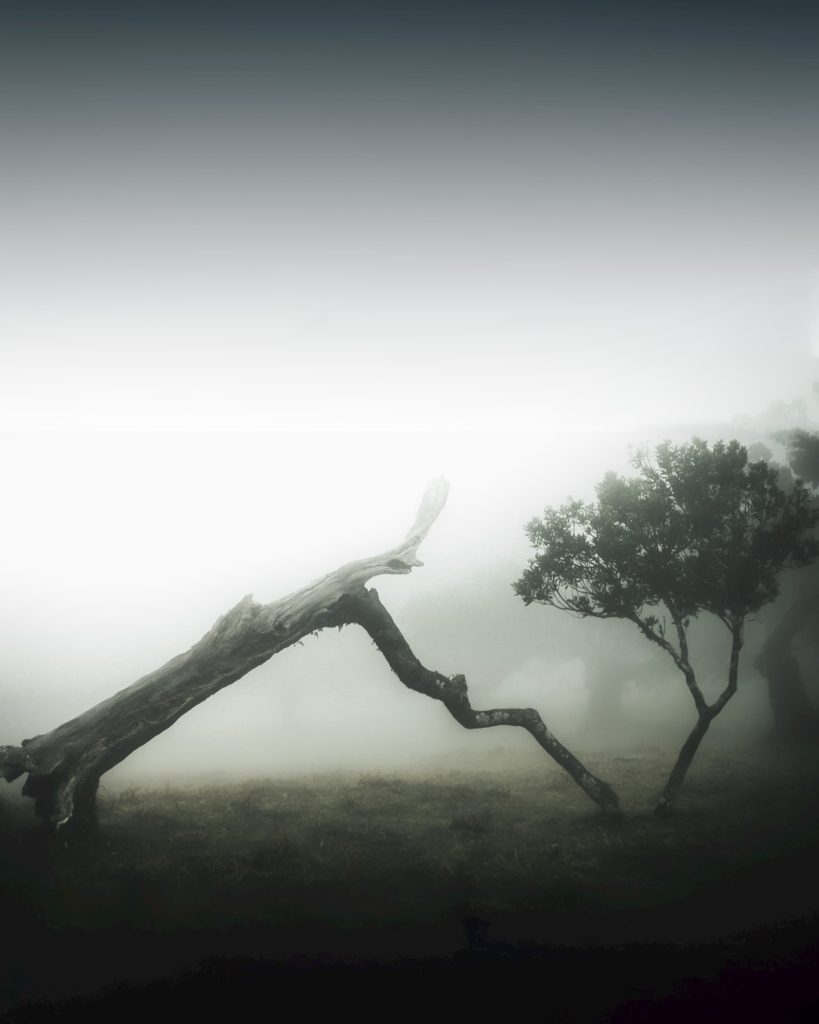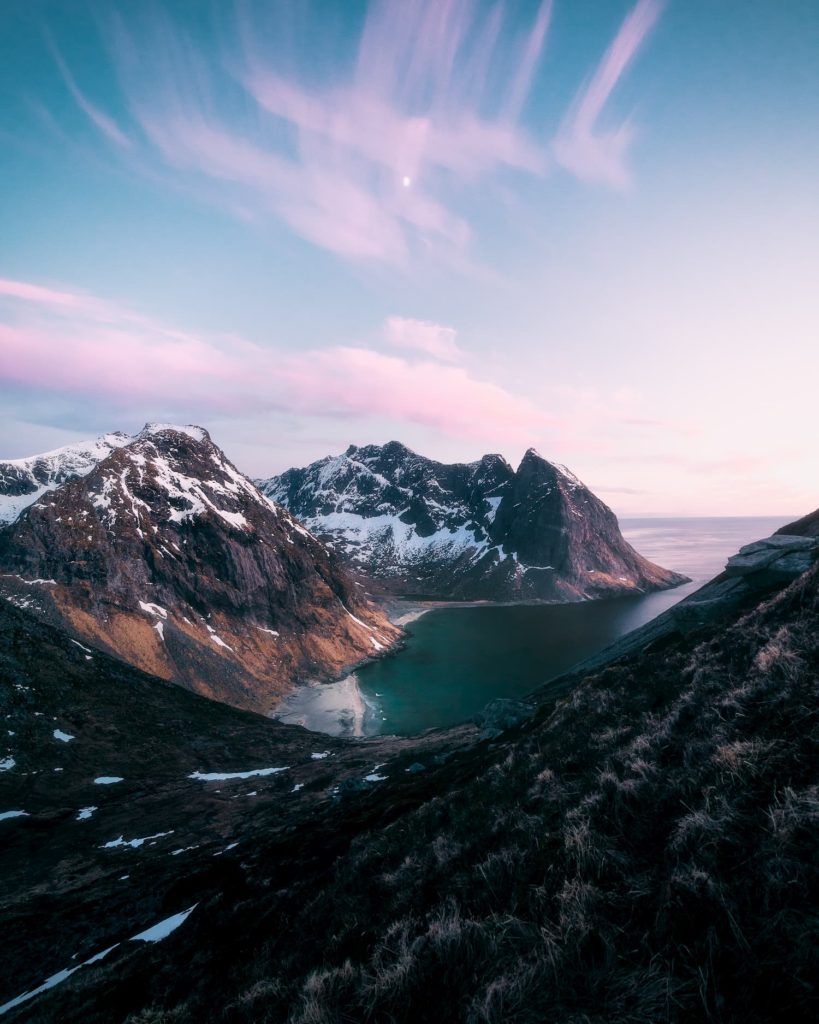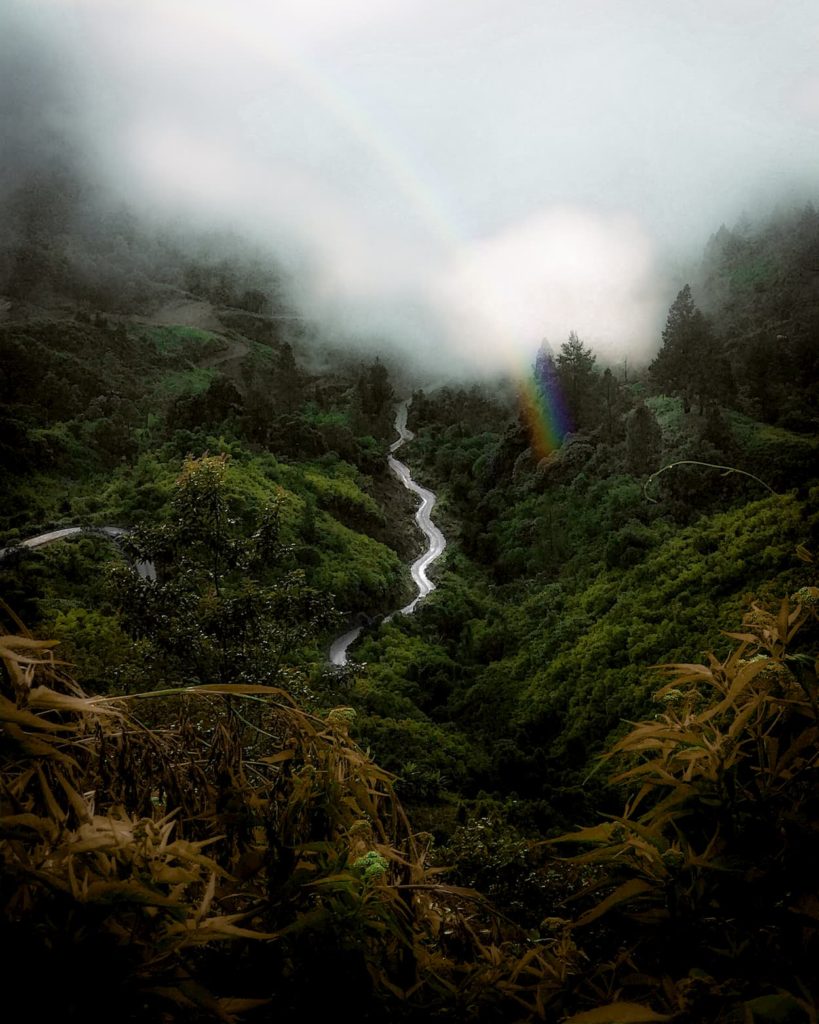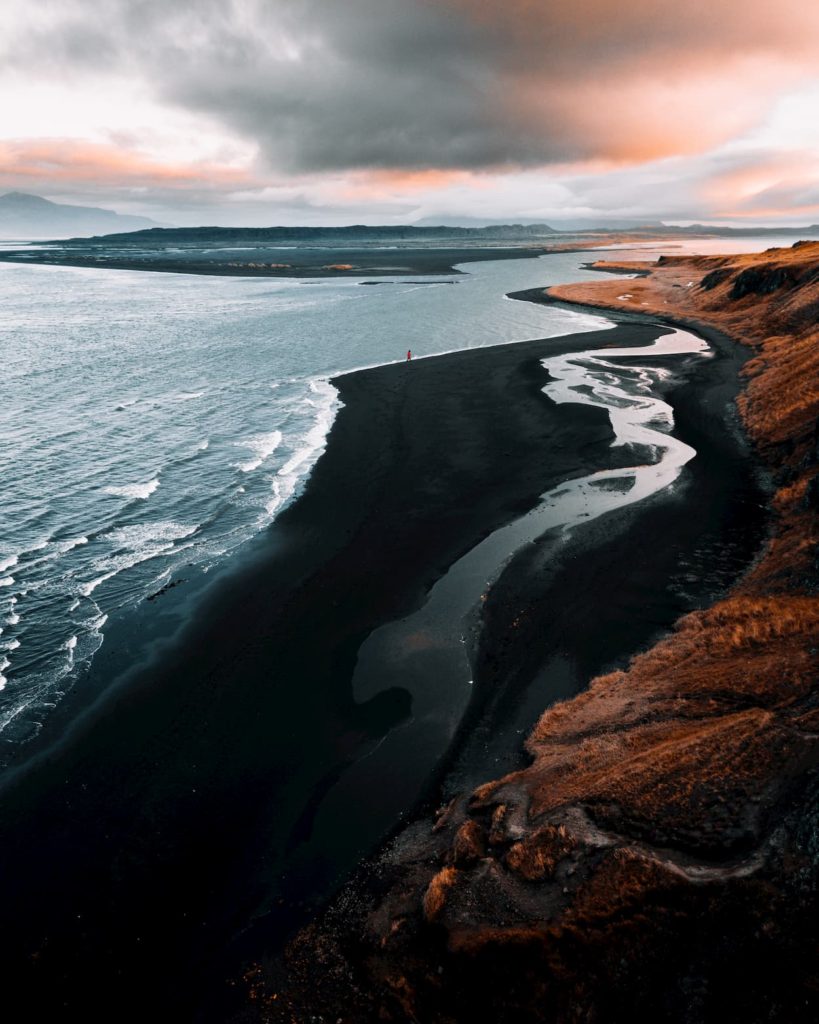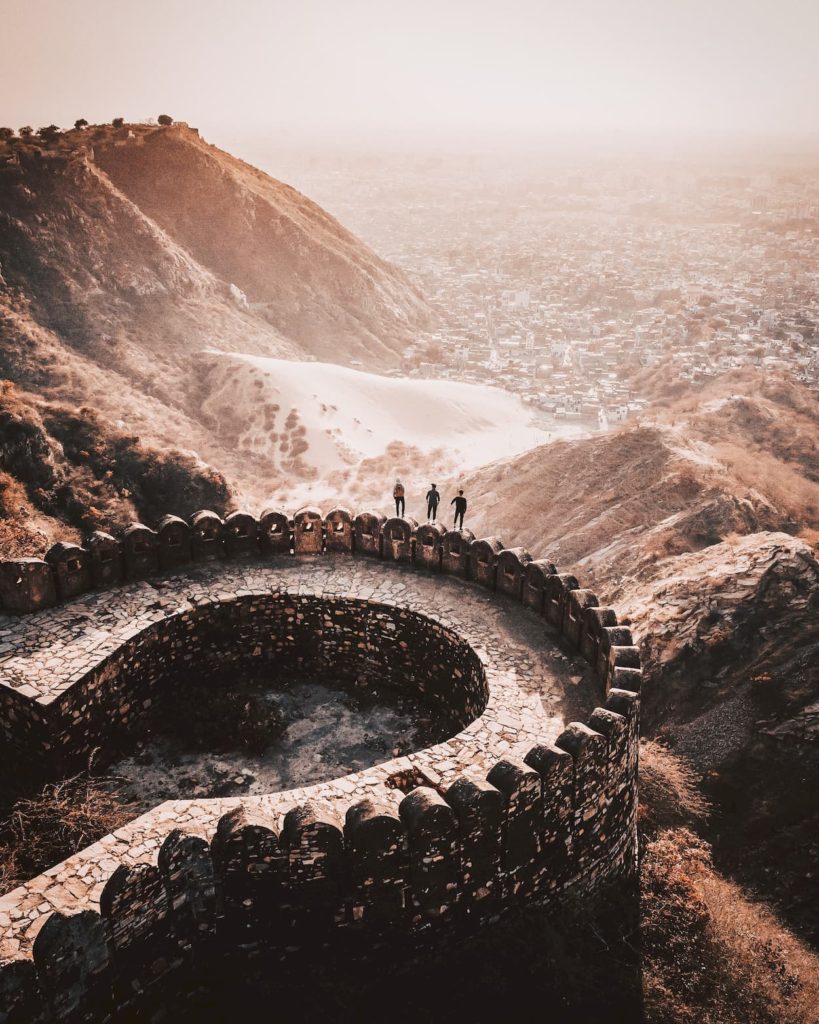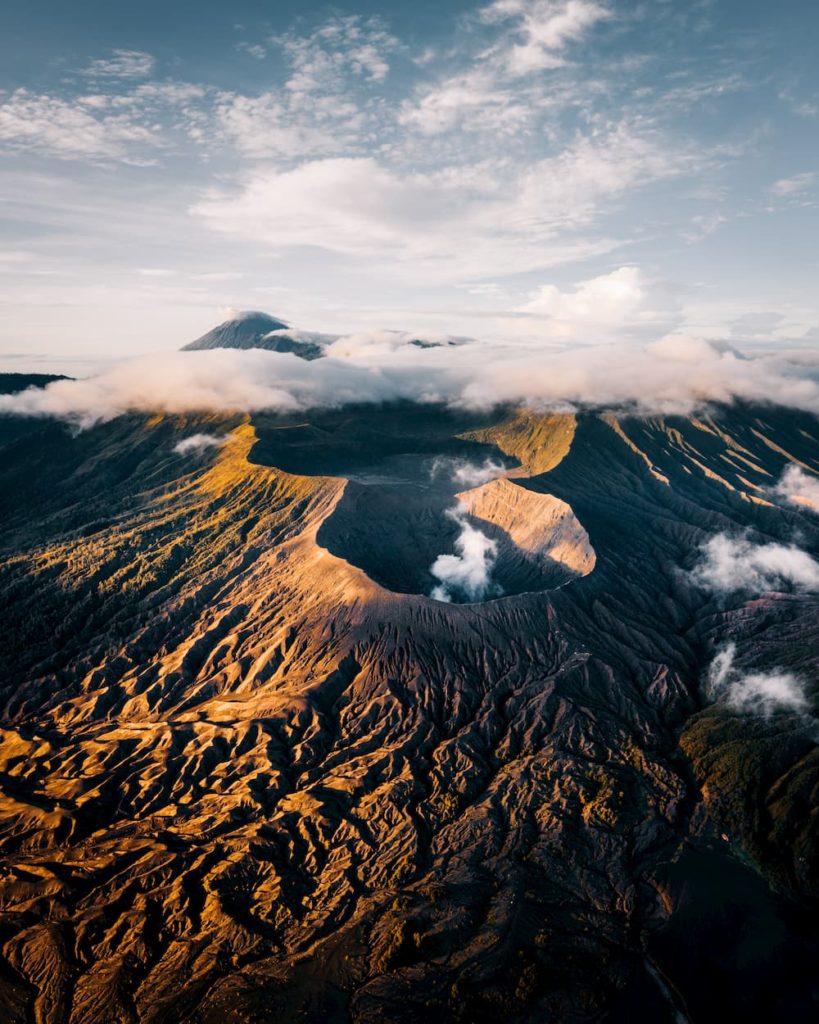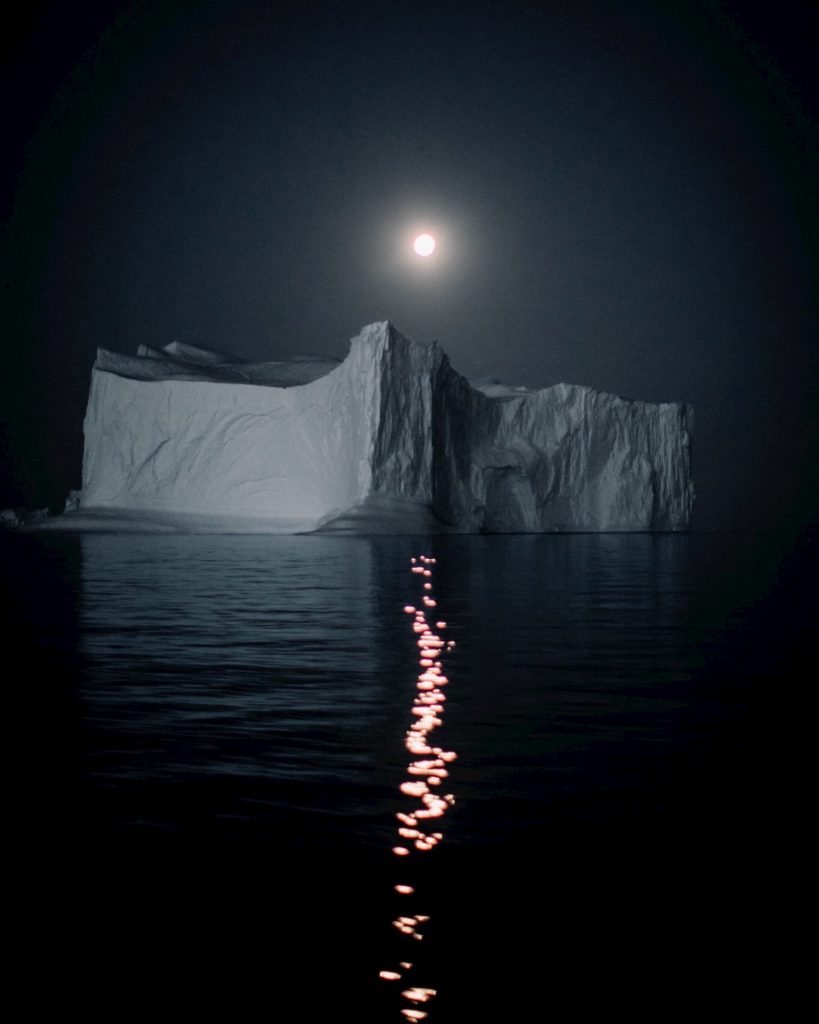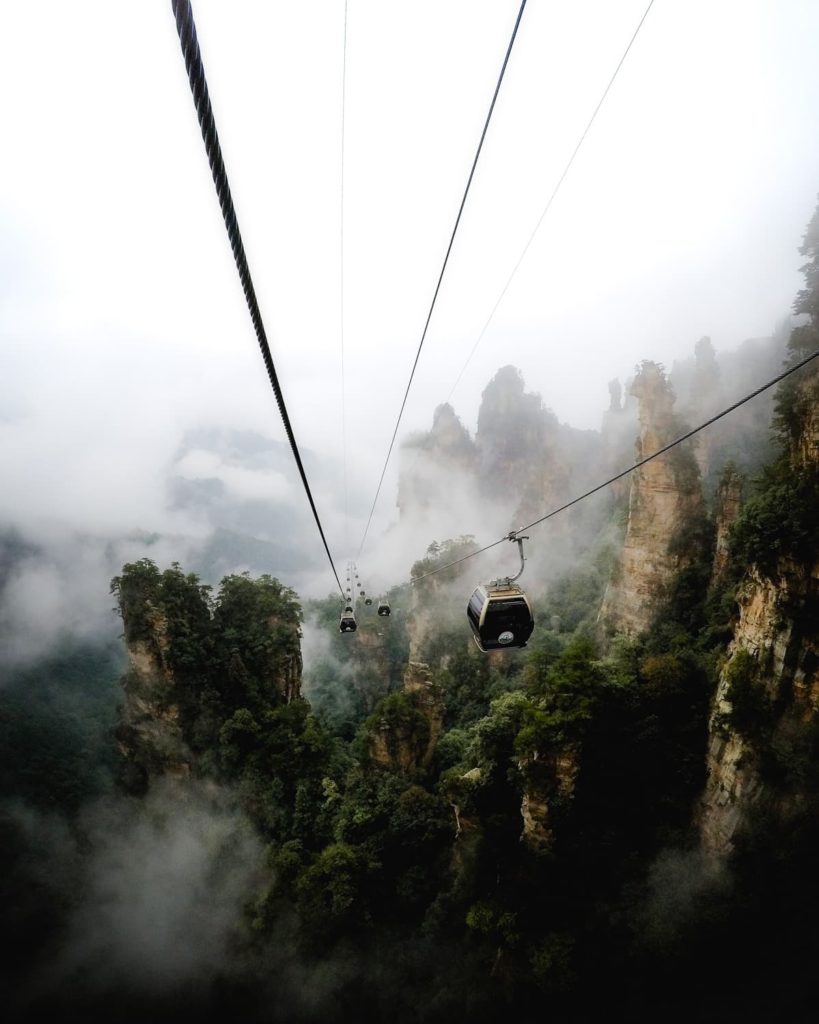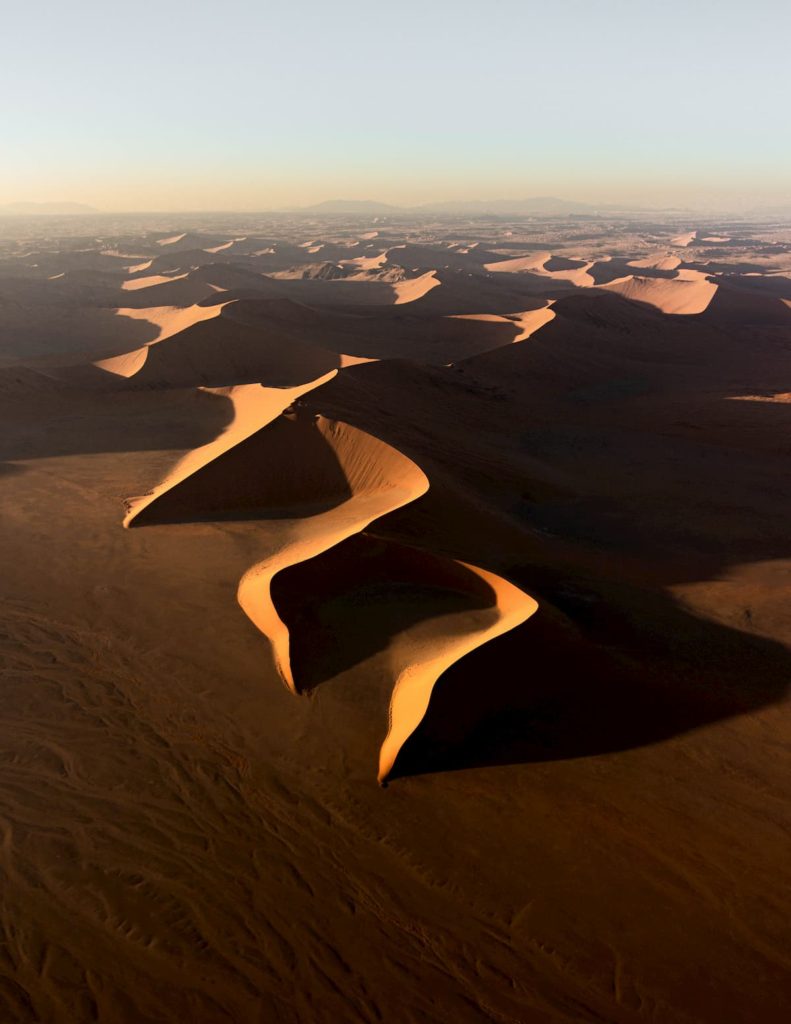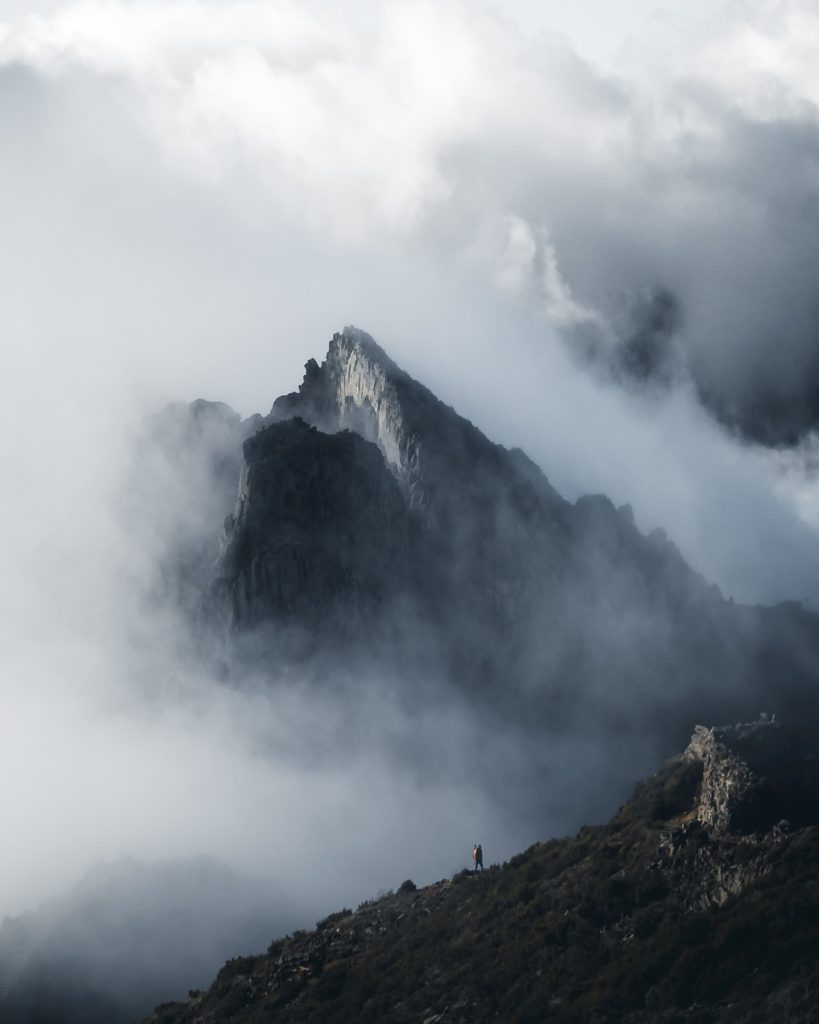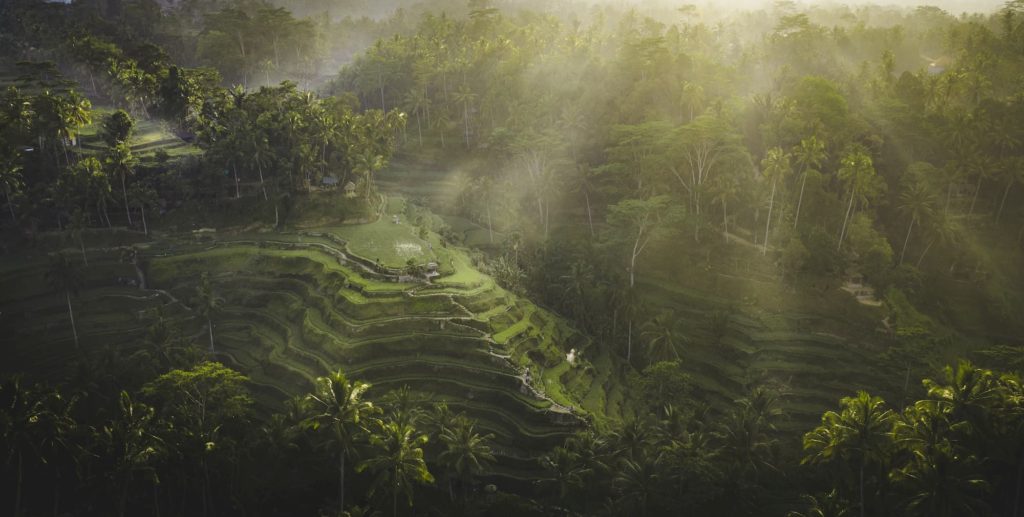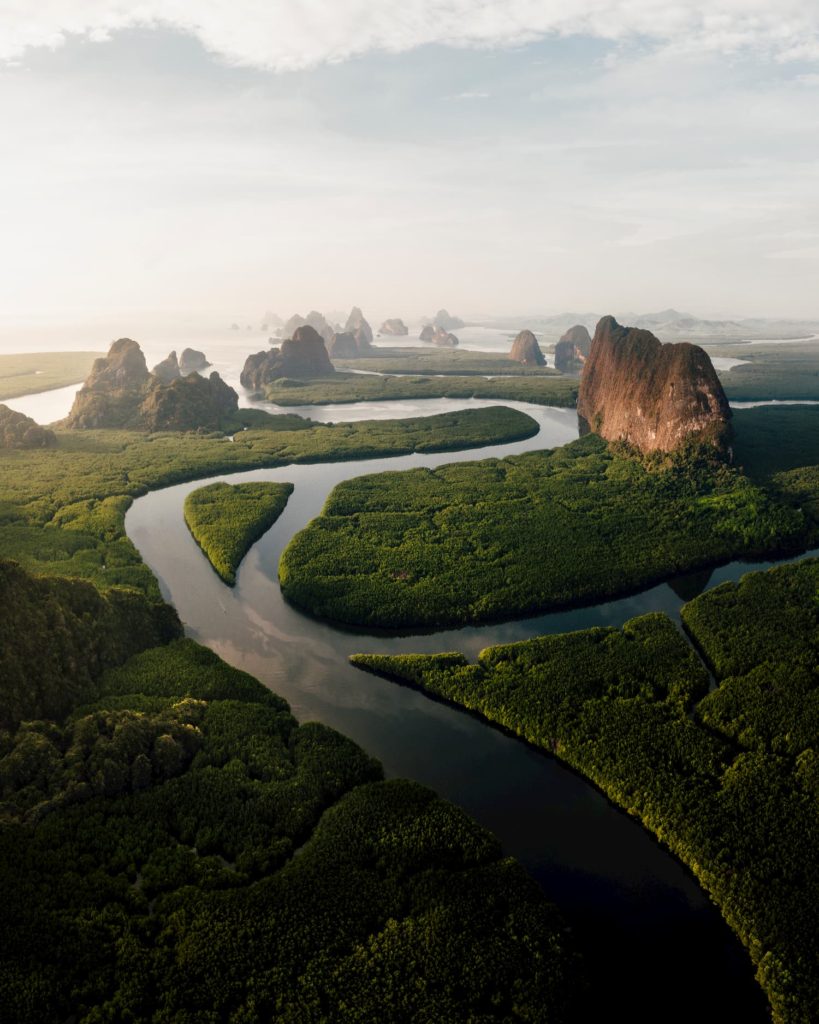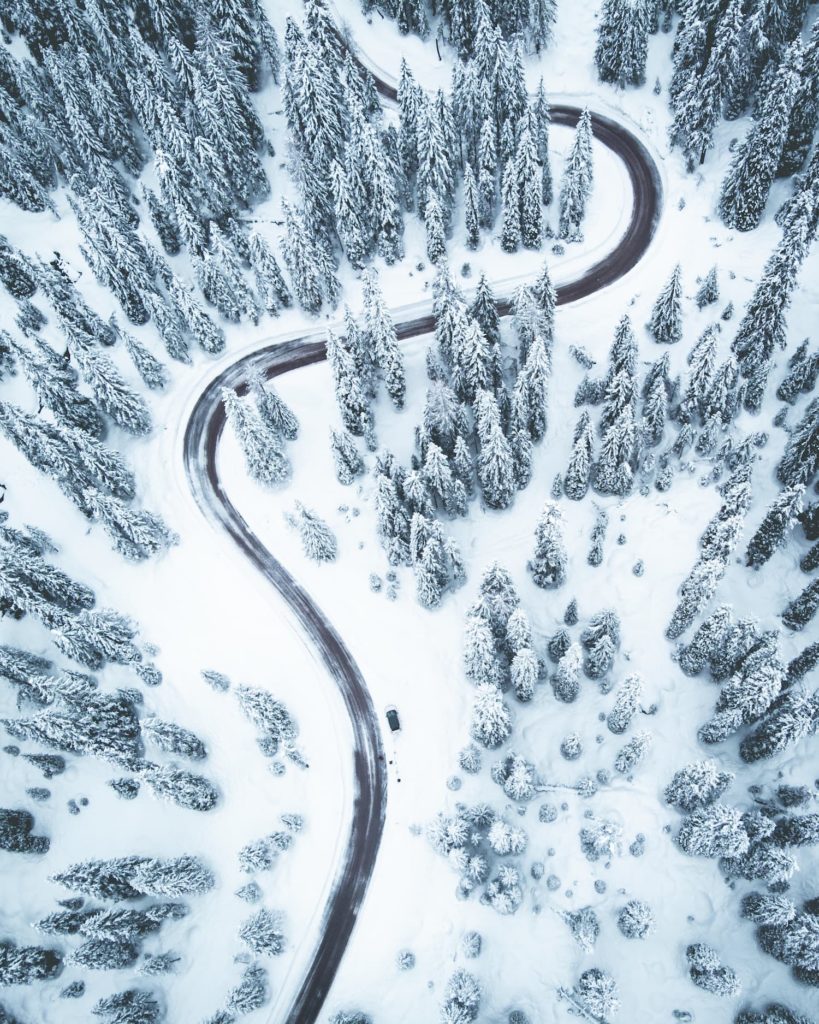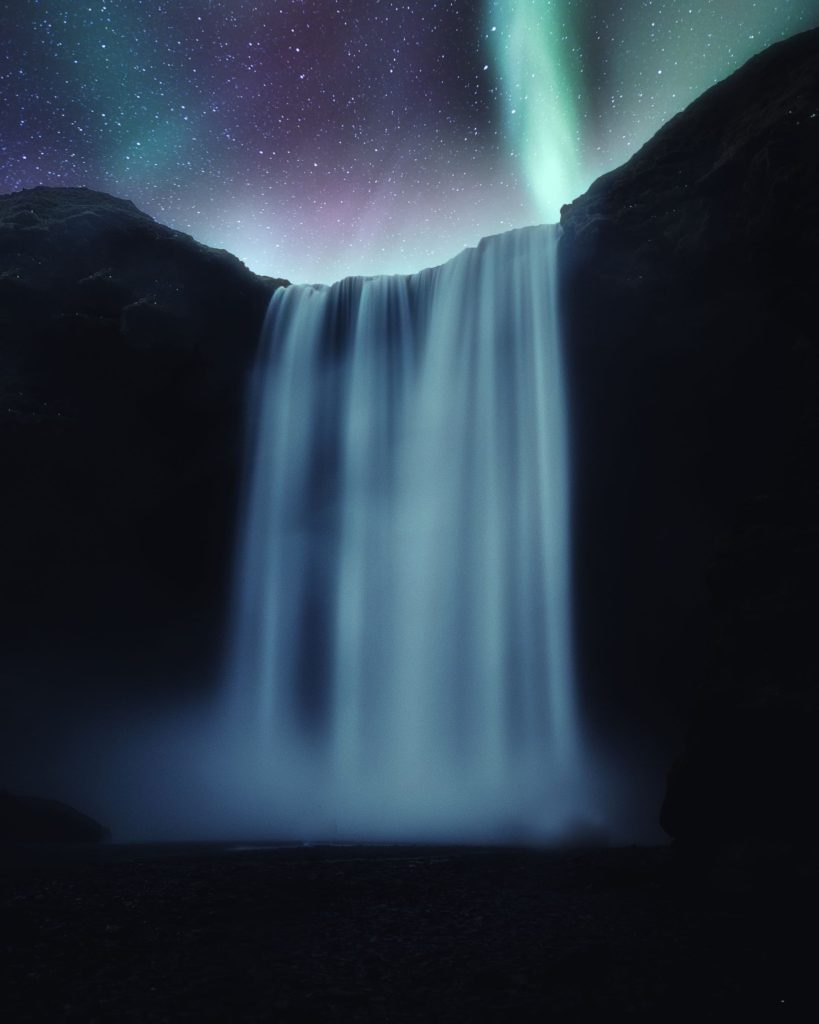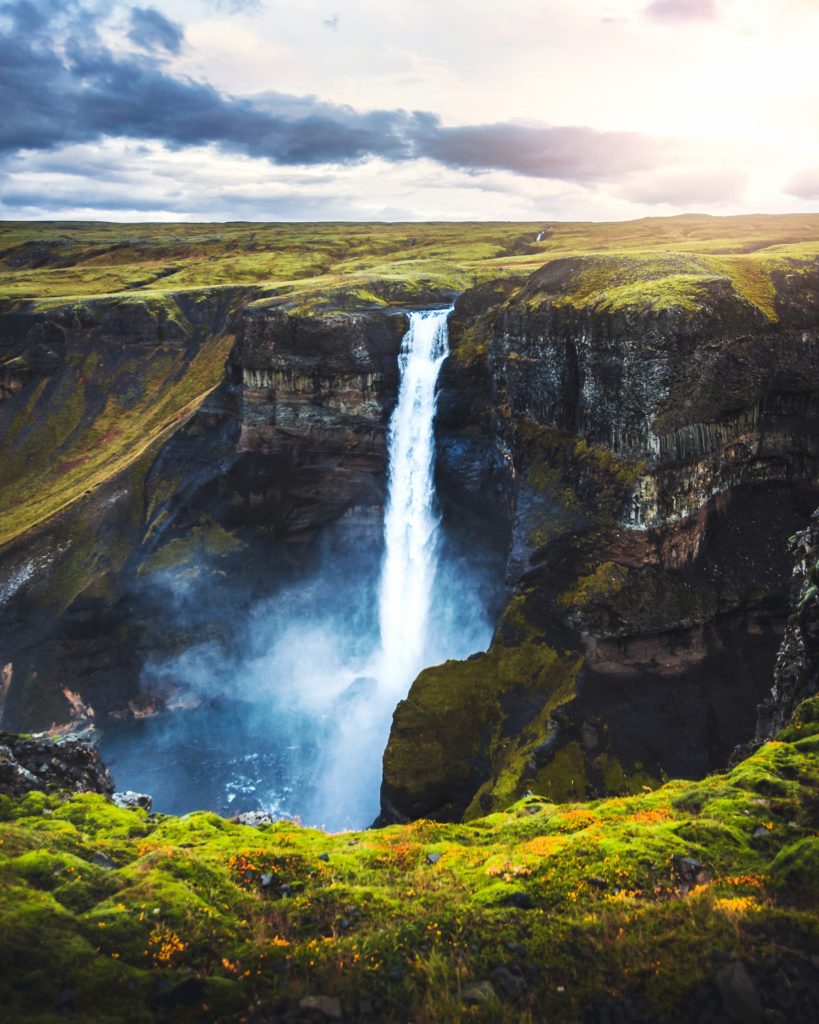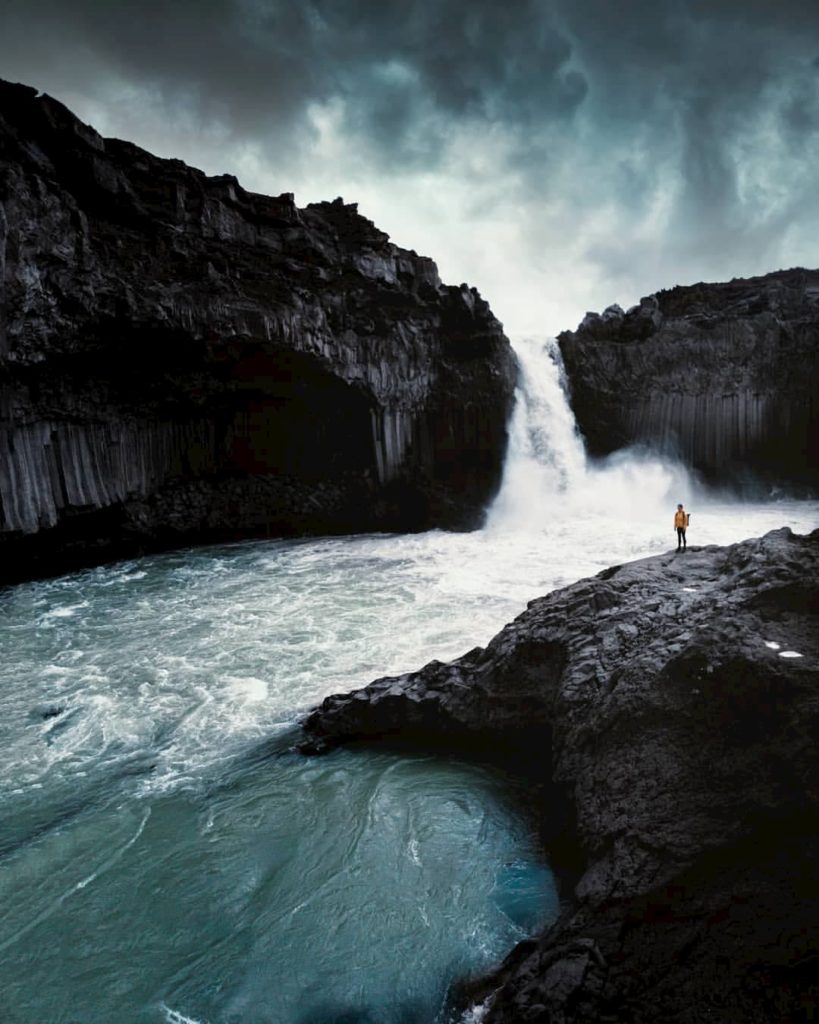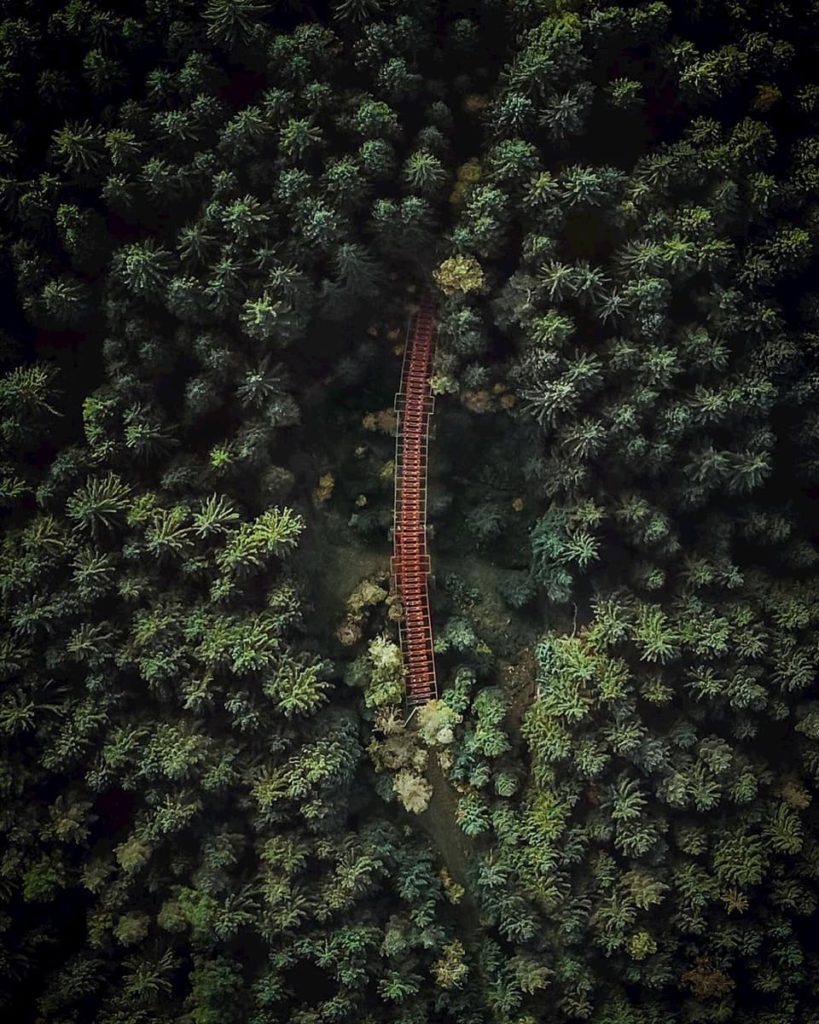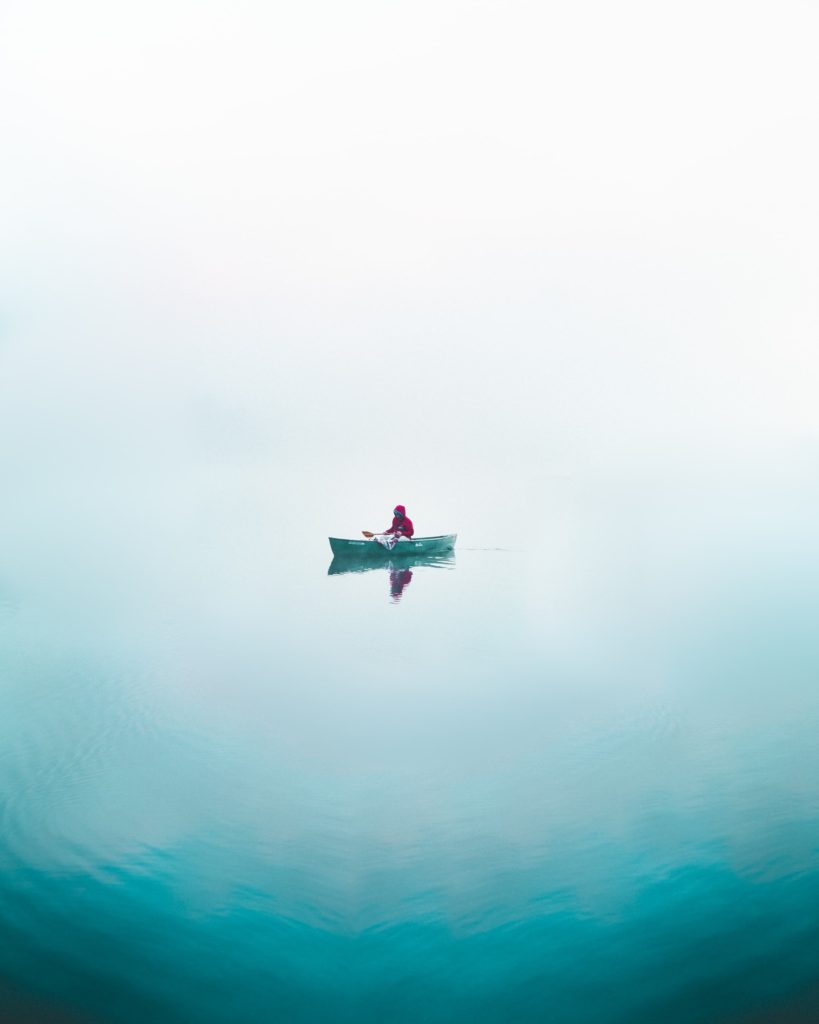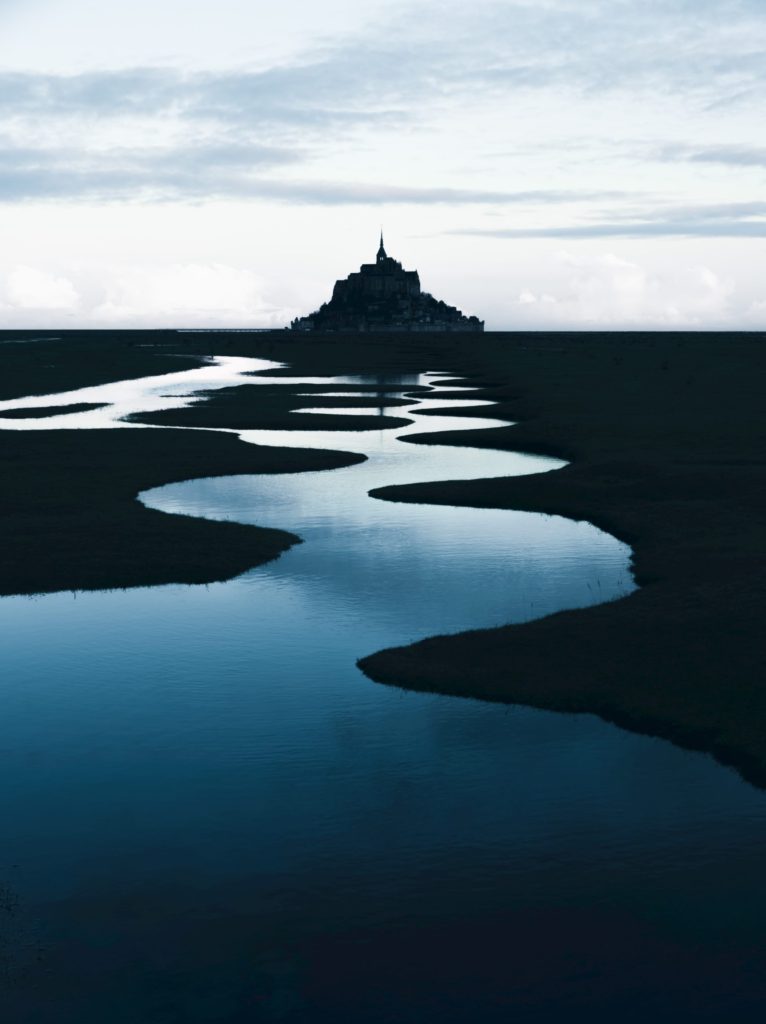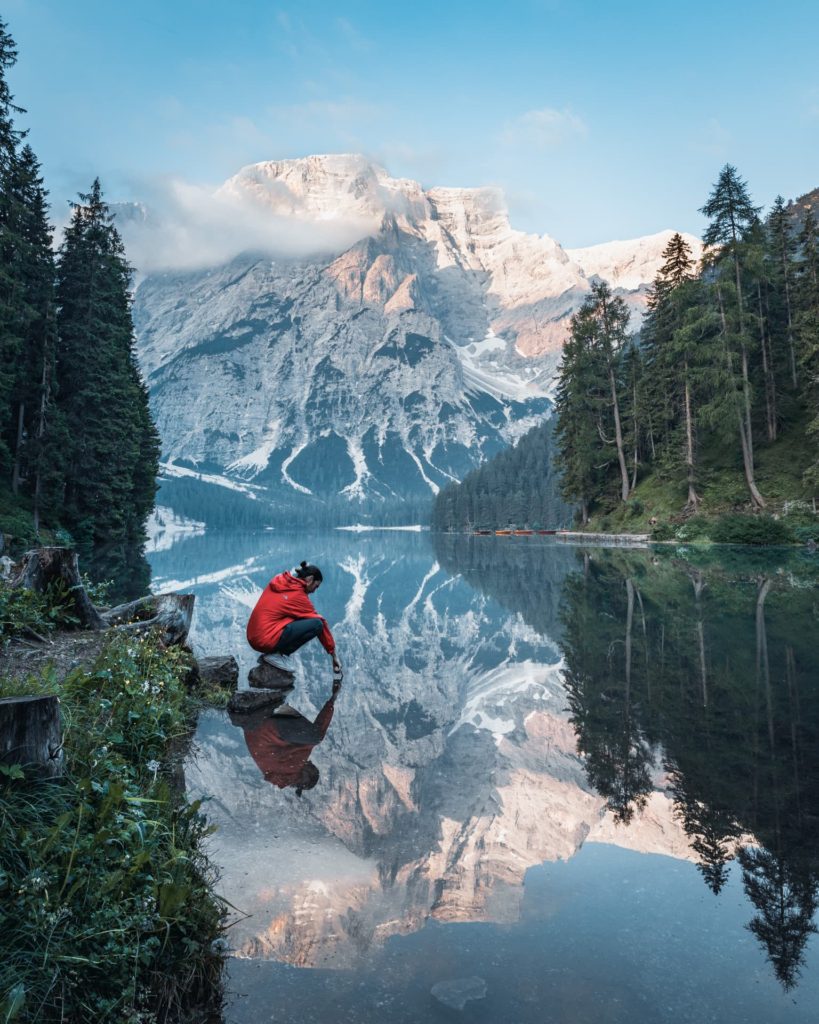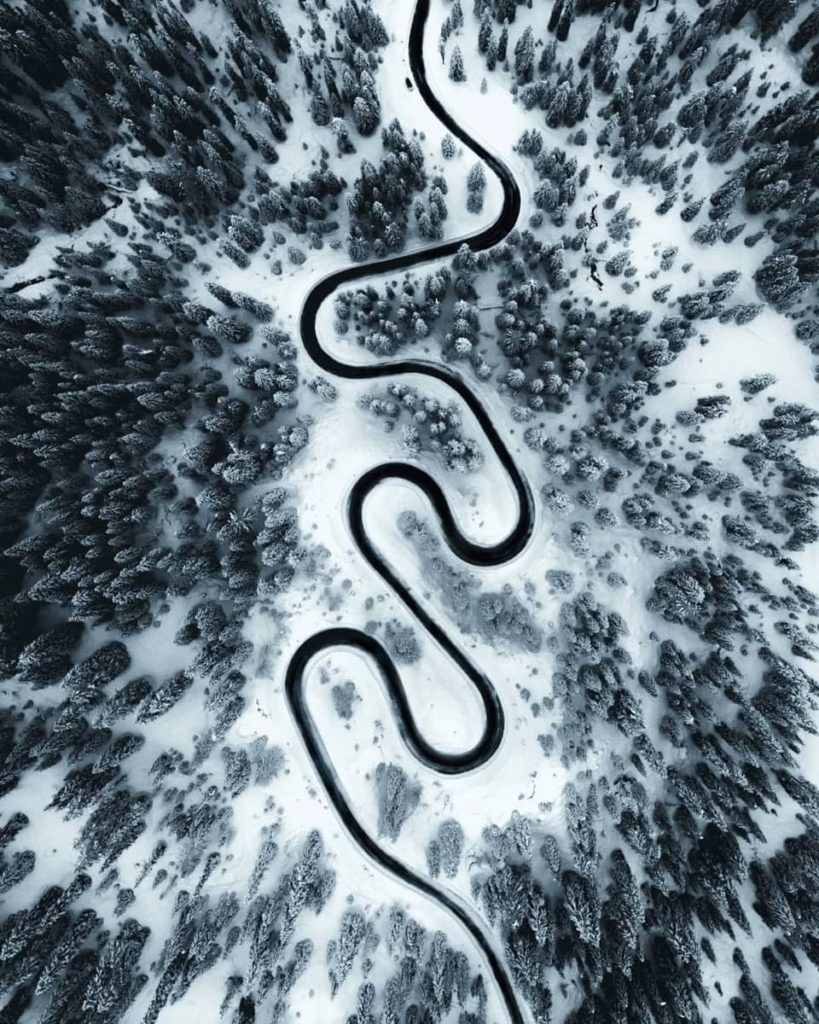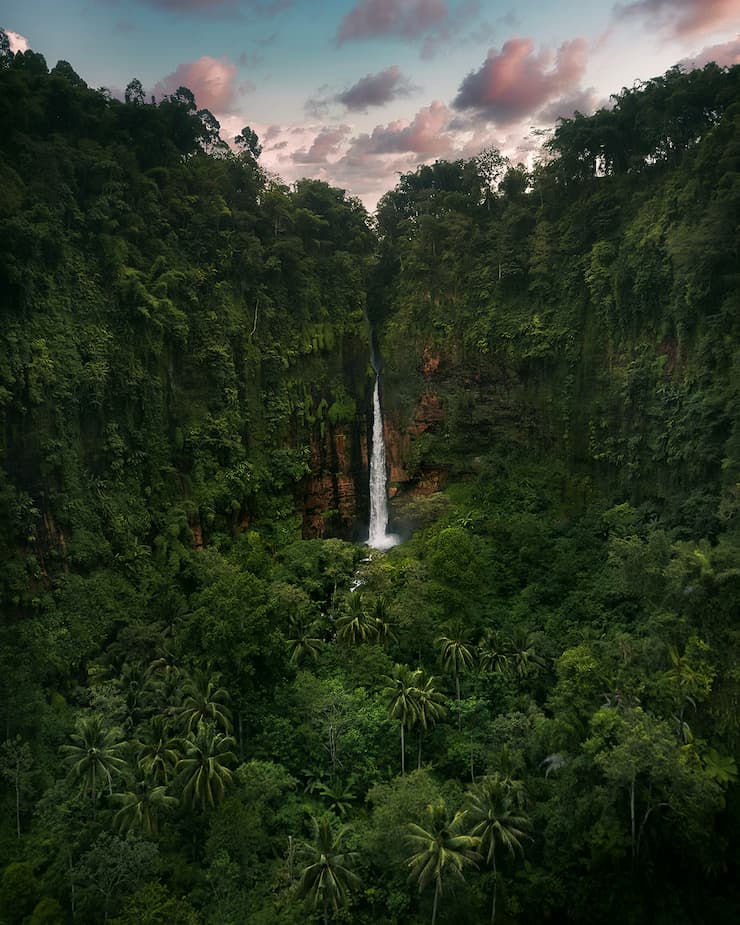
Atiba & Ilse
@digitaltravelcouple
Best of the week 20 at #nomadict 2021
We have been a couple for 9 years and lived the first 6 years of our relationship in the Netherlands. Before we started our Nomadic lifestyle in 2018, we both worked full-time office jobs while practicing our sports motor racing (Atiba) and horse riding, dressage (Ilse). We were dedicated to our sports which we both performed on a national and international level, however, we also realised that our sports were expensive and time-consuming, which is why we needed to work full time to finance it. Once or twice a year we could go on a vacation but those travels always felt rushed because we only had 2 or 3 weeks to explore a country.
In 2016, our life was shaken up and everything changed. A lot came together at the same time. An irreparable injury of Ilse’s competition horse, death within our family, the awareness of getting older, not finding fulfilment in our office jobs and being “stuck” in one place turned our world upside down.
"We knew we had to change something drastically in order to find happiness and purpose in life again."
We explored how we could build a location independent life from which we didn’t need a vacation. A life we are in control of. And so we came to sell all the possessions we had in the Netherlands in 2017, such as our home, car and lots of other stuff, with the goal to become nomads. This journey towards a minimalistic lifestyle opened our eyes even more and made us realise we don’t need materialistic stuff to be happy. We were craving a life full of beautiful experiences while making memories along the way.
However, to maintain a life like that we had to find ways to finance it. From the start, our goal has been to live this nomadic lifestyle in a sustainable way for the longer term. Not just a world trip for 1 or 2 years. Being in the process of these life changing events and building a completely new life, we reconnected with the things we loved to do as kids. Playing outside, exploring, but also making photos and videos!
We loved to take pictures, but didn’t have any technical knowledge about what a picture makes a good picture. It was just the usual holiday pictures. Obviously, we wanted to document our travels and adventures in a decent manner so we invested in new cameras, lenses, set up our Instagram account and started to share our adventures. Atiba found his passion in filmmaking and photography while Ilse got back in touch with what she loved to do as a kid, taking pictures of nature elements, presenting and writing.
We learned everything about photography and filmmaking ourselves, thanks to all the free information that can be found online. I think that with our background in sports and having participated in competitions we have a natural urge to improve ourselves, which has helped us to be on the level of photography where we are at right now.
"Never 100% satisfied, always critical of our work and looking for amelioration, but never forgetting where we come from. This is how one of our photos would become a winning shot."
The photo was taken in Tenorio volcano park in Costa Rica. We knew that this waterfall, called Rio Celeste, would be one of the highlights of the visit. The intense blue water comes from the presence of certain minerals in the river thanks to volcanic activity. This National park is quite popular in Costa Rica, so although we arrived early at the waterfall, there were already other visitors around. We decided to continue exploring the park and come back later to take the picture we had in mind. We needed the staircase to be empty without other people so we had to time it well.
As hardly anything goes as planned in outdoor photography, it suddenly started to pour on our way back to this waterfall. We were both drenched on arrival – but the rain also chased other visitors away. Every disadvantage always has an advantage! And to our excitement a moody cloud passed through the rainforest, creating a mystical scenery. We prefer to shoot waterfalls in moody conditions to minimise reflection on the water, so this was the perfect timing for us!
"We were super happy with these conditions, but we had to capture the scene we had in mind with the staircase quickly, because die-hard tourists in rain coats were again approaching the waterfall."
The story we had in mind with this picture is the “staircase to the blue waterfall”. Ilse walked down for the human element in this picture and while most people take pictures close to the waterfall at the platform below, we wanted to create depth and different layers in the photo while leading the eye towards the waterfall. To achieve that we used the green foliage as the first layer and because we absolutely wanted to capture the misty cloud as well we used a wide-angle lens to fit in the whole scenery. The intense blue water catches your eye quickly when looking at the picture, but there is way more to see than only the waterfall.
Having the composition on point, with the edit I wanted to enhance the moodiness and make sure Ilse was more visible as she appears very tiny in this photo. I made sure the stairs popped out more by doing some minimum dodge and burn adjustments. When editing it’s really important for me to keep the colors as natural as possible. The blue water is as blue as you can see in the edit, I only lightened it a bit. Also, I wanted every element to be in balance with each other. The incoming rolling fog through the valley above the waterfall made the scenery extra moody so when cropping the photo I made sure the fog was clearly visible.
"That day’s lesson: Returning to a place might be very worth it! You will forget the extra effort, but never the joy and thrill."
Would you like content like this sent to your inbox?
BEST OF THE WEEK FEBRUARY 2021
BEST OF THE WEEK JANUARY 2021
BEST OF THE WEEK DECEMBER 2020
BEST OF THE WEEK NOVEMBER 2020
BEST OF THE WEEK OCTOBER 2020
BEST OF THE WEEK SEPTEMBER 2020
BEST OF THE WEEK AUGUST 2020
BEST OF THE WEEK JULY 2020
BEST OF THE WEEK JUNE 2020
BEST OF THE WEEK MAY 2020
BEST OF THE WEEK APRIL 2020
BEST OF THE WEEK MARCH 2020
BEST OF THE WEEK FEBRUARY 2020
BEST OF THE WEEK JANUARY 2020
NOMADICT
ART GALLERY
THE LATEST STORIES
WRITEN WITH PASSION TO INSPIRE YOU

Miroslav Maršík (@miromarsik): Photographer based in Czech Republic
In this article, Miro shares how his love for cinematic music evolved into a deep passion for photography and how he uses light, color, and atmosphere to turn the streets of Prague into living film scenes.

Aurora photography panorama workflow: A guide to camera settings, editing, and color
In this article, Stefanie reveals how her background in physics sparked her passion for astrophotography and how she blends science with creativity to capture the beauty of the night sky. Readers will discover her approach to color, contrast, and editing, as well as her aurora photography workflow.

Yhabril (@yhabril): Best of the Week 33 at #nomadict
Spanish photographer Yhabril captures the profound connection between humans and the mountains that shaped him. Growing up in the Pyrenees, his work bridges outdoor sports, landscapes, and celestial scenes — often blending athletes, moonlight, and wilderness into striking visual stories.

Ariane Totzke (@besondersschwierig): Photographer based in Switzerland
In this article, Ariane shares how photography helped her navigate personal challenges, connect authentically with people and animals, and develop a philosophy rooted in empathy and artistic freedom. Readers will also discover her ethical approach to wildlife photography and her trusted equipment for both camouflage techniques and cameras.

How to photograph Dutch tulip fields: A guide to light, gear, composition, and colors
Discover how to photograph Dutch tulip fields in their most magical light. From choosing the right gear and lenses to mastering composition, color, and aerial perspectives, this guide shares creative techniques to capture the beauty of the Netherlands’ tulips. Learn how light, color grading, and proportion bring emotion into every frame.
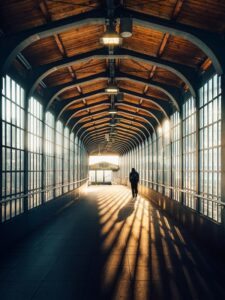
Cinematic city photography: An essential 6-step workflow
In this article, you’ll learn how to read and use light in your home city, choose the right technical settings for low-light scenes, and refine your editing workflow to shape color and atmosphere step by step. In addition, Dominik shares how to find fresh perspectives on familiar locations, five lessons that transformed his photography, and insights on the future of street photography.

Kyle van Bavel (@kylevanbavel): Photographer based in the Netherlands
Kyle van Bavel is a macro photographer with a distinctive, dreamy style that transforms the unseen details of nature into magical worlds. In this article, he shares how his unique vision, shaped by a journey of self-learning and overcoming dyslexia, has become his greatest creative strength.

Inês Preto (@minespreto): Best of the week 20 at #nomadict 2025
Inês is a nature photographer drawn to wild, remote places where weather, wildlife, and mood shape her storytelling. In this article, she shares the behind-the-scenes journey of capturing the Best of the Week image: a puffin trio on the Faroe Islands. She explains how she approached the edit of this image, and shares key lessons she’s learned through experience.
